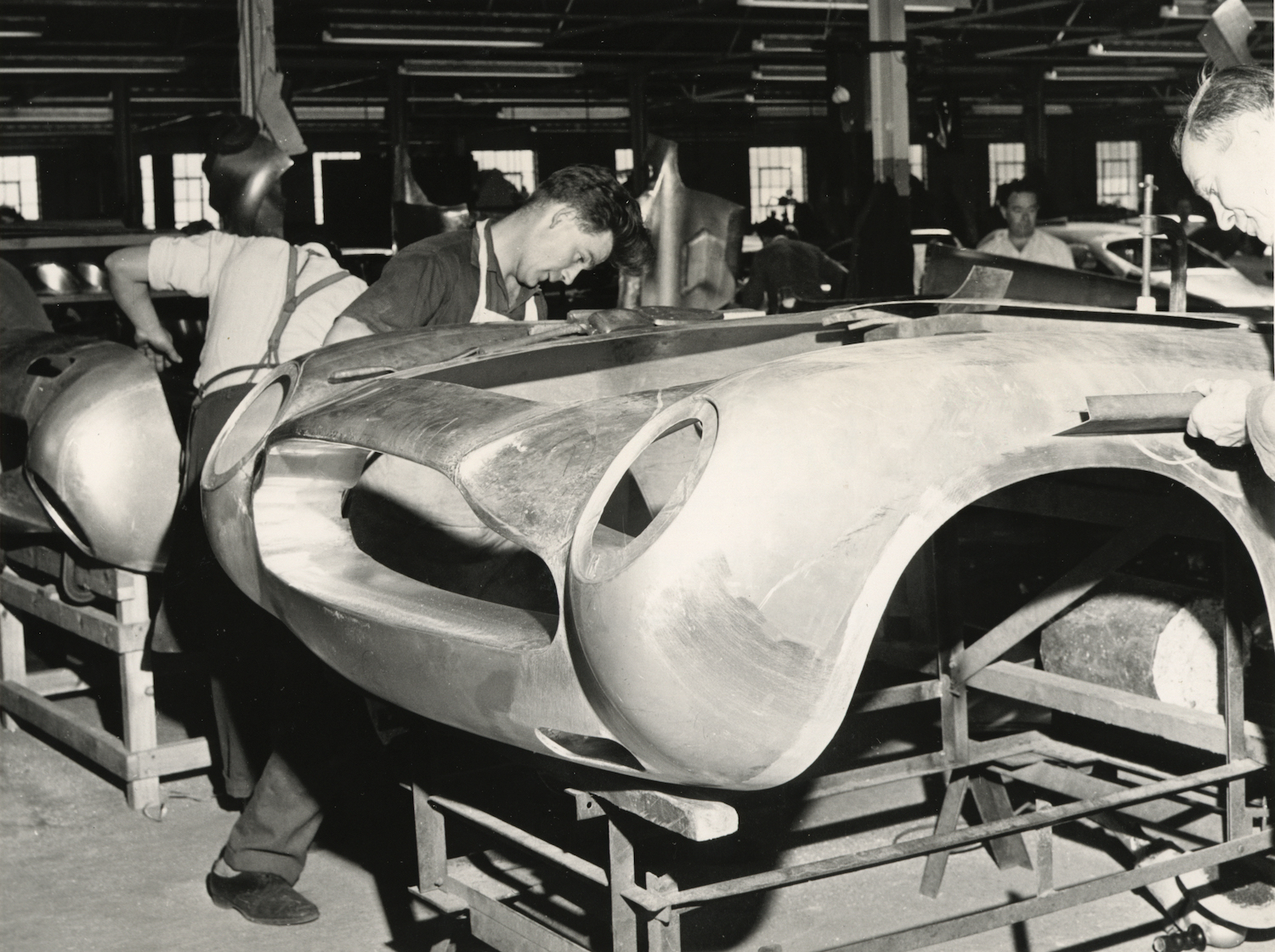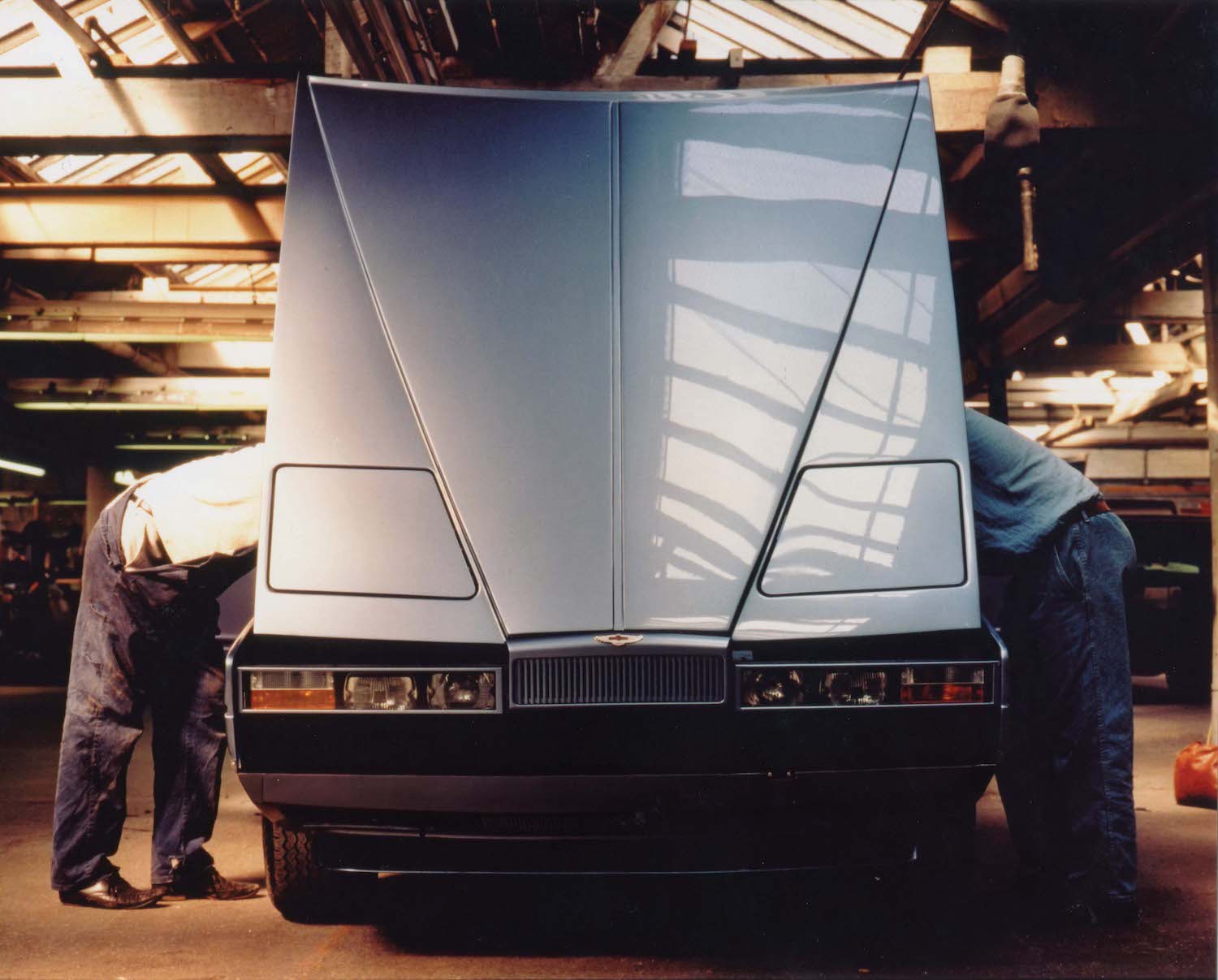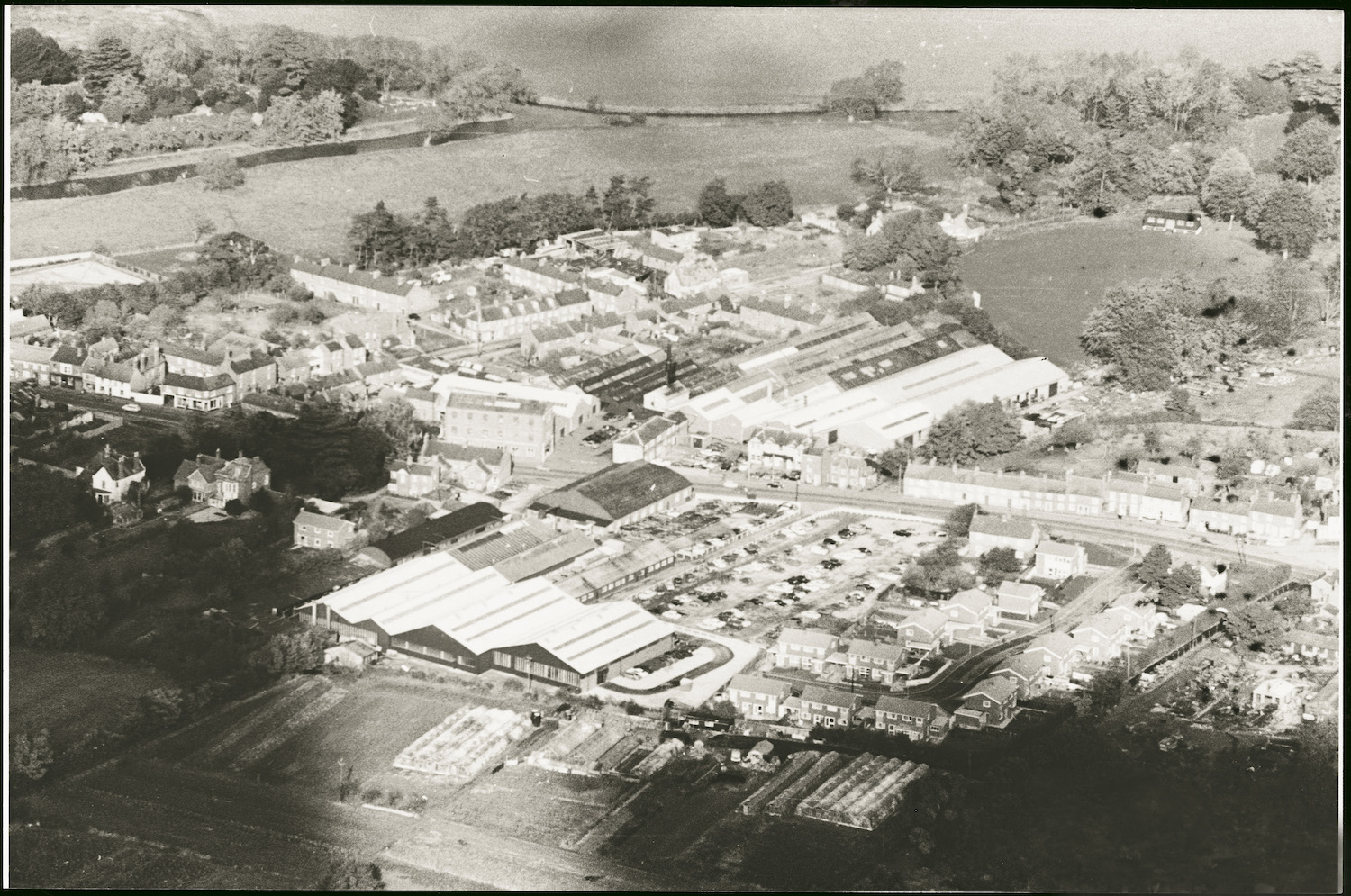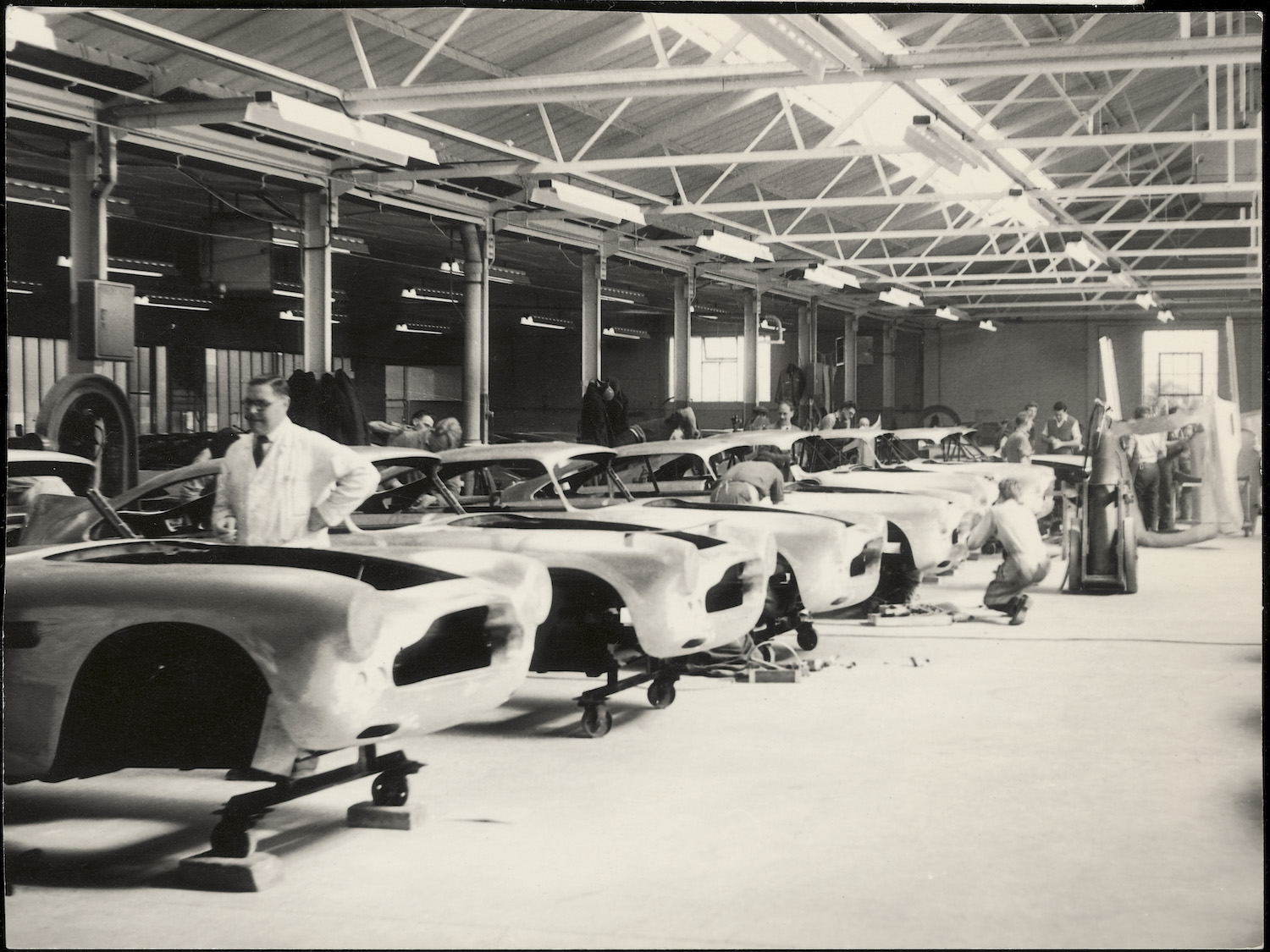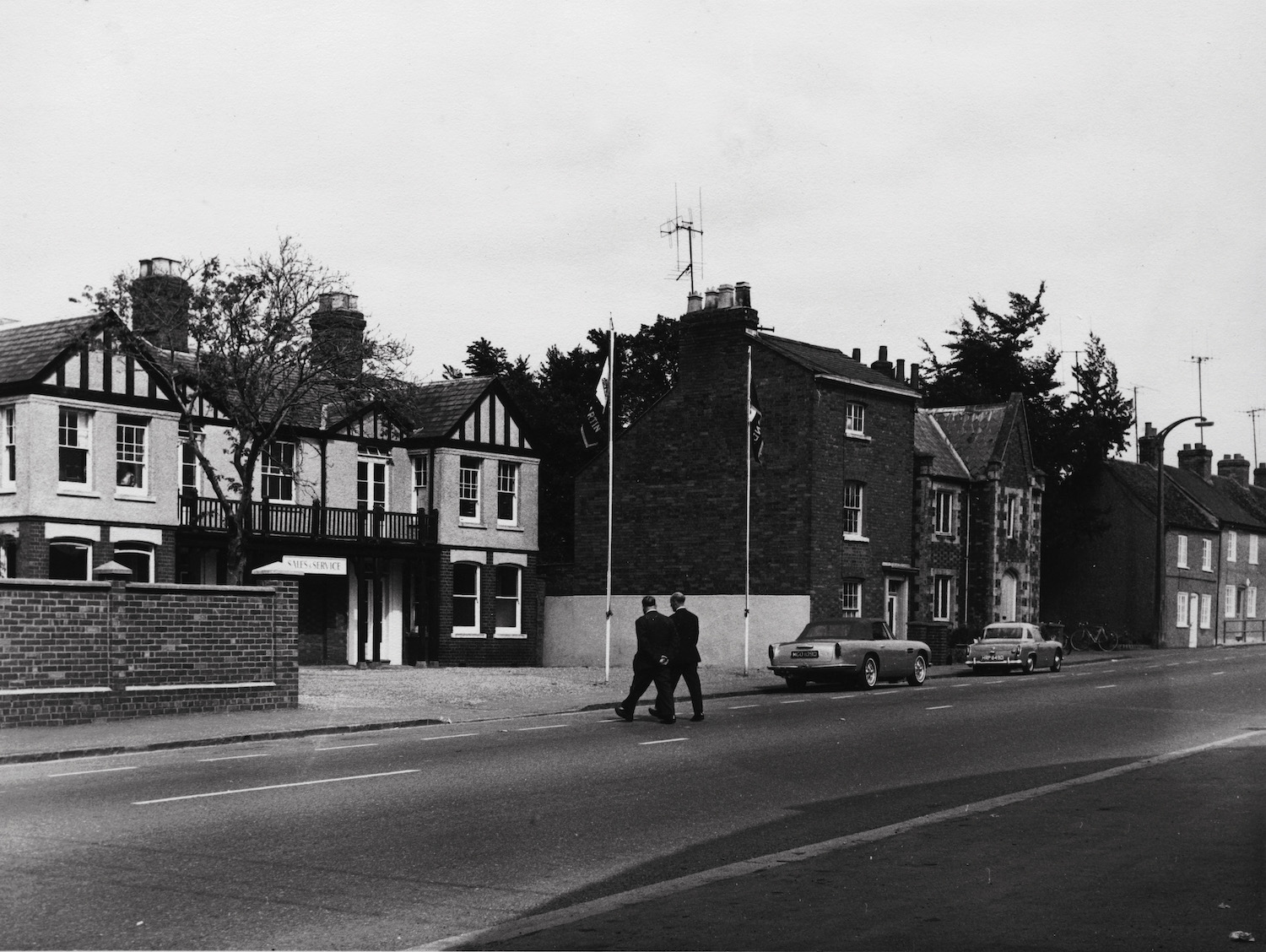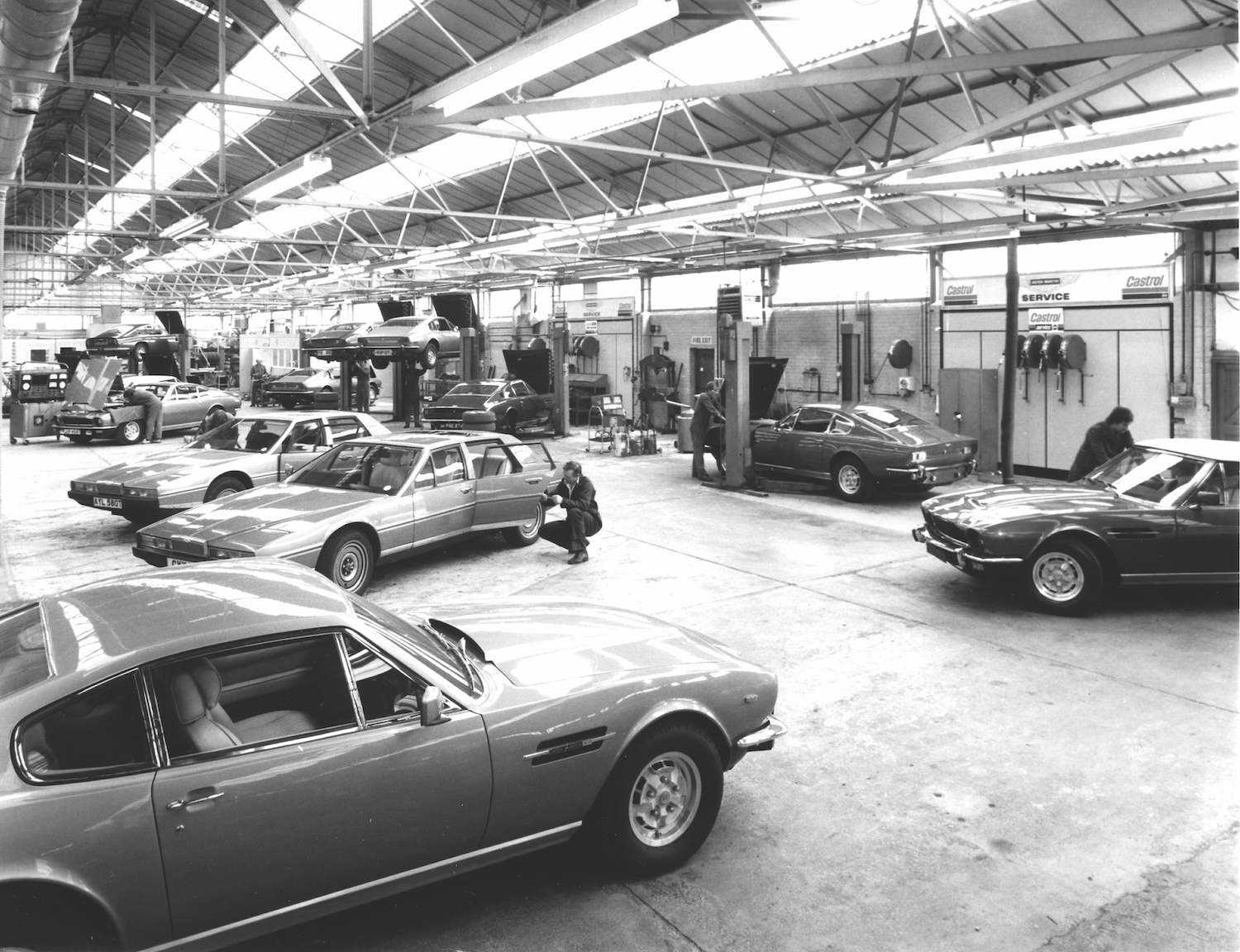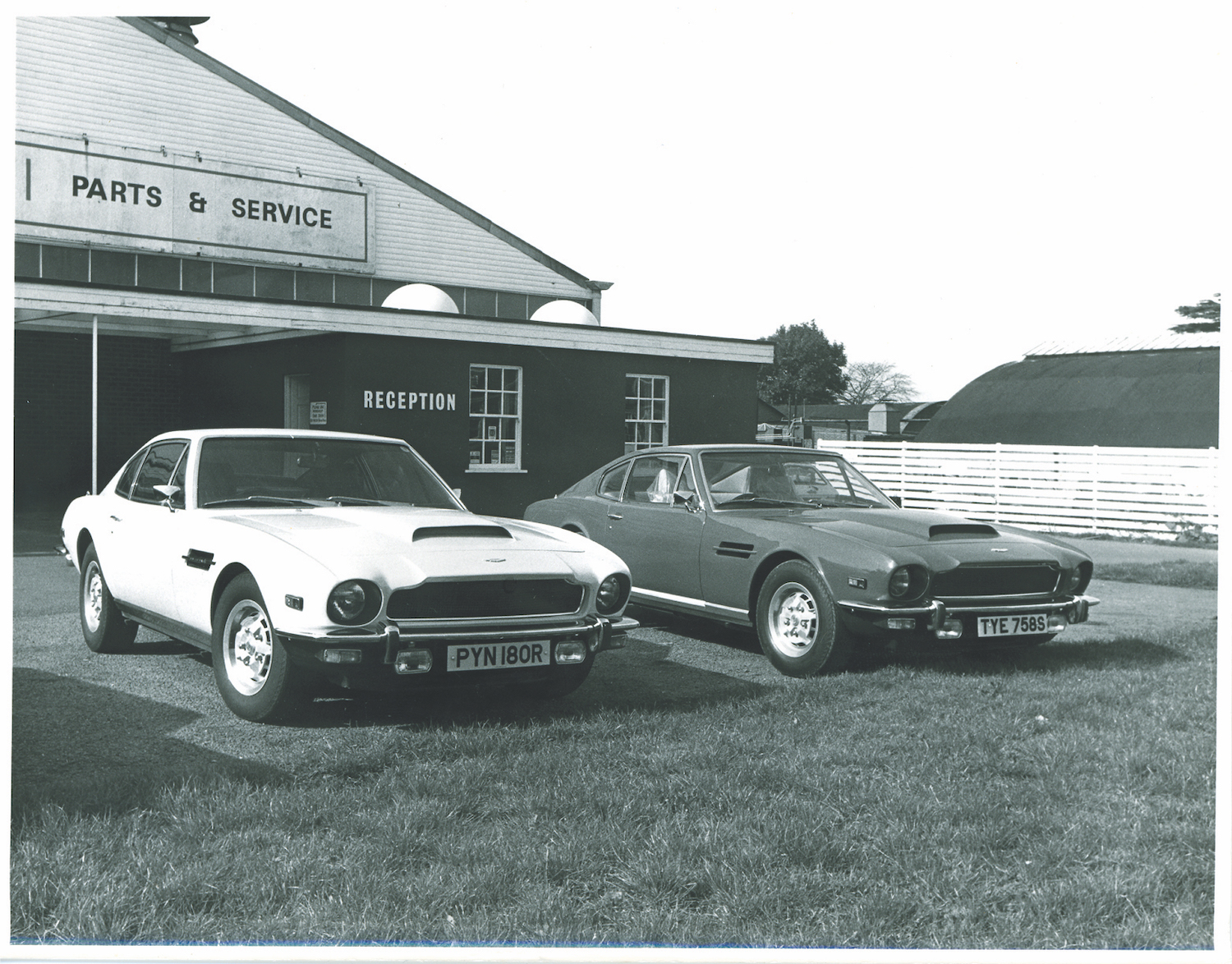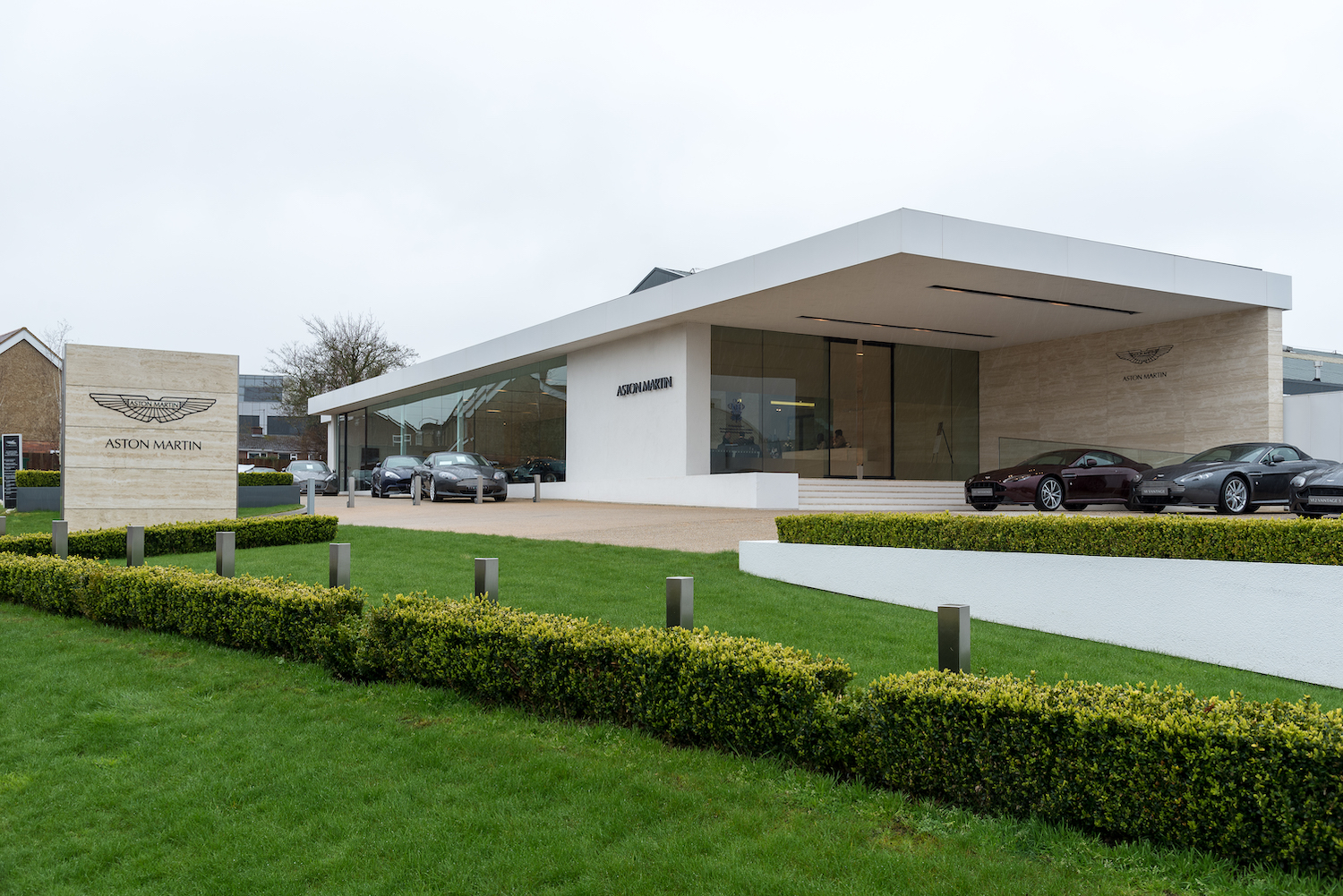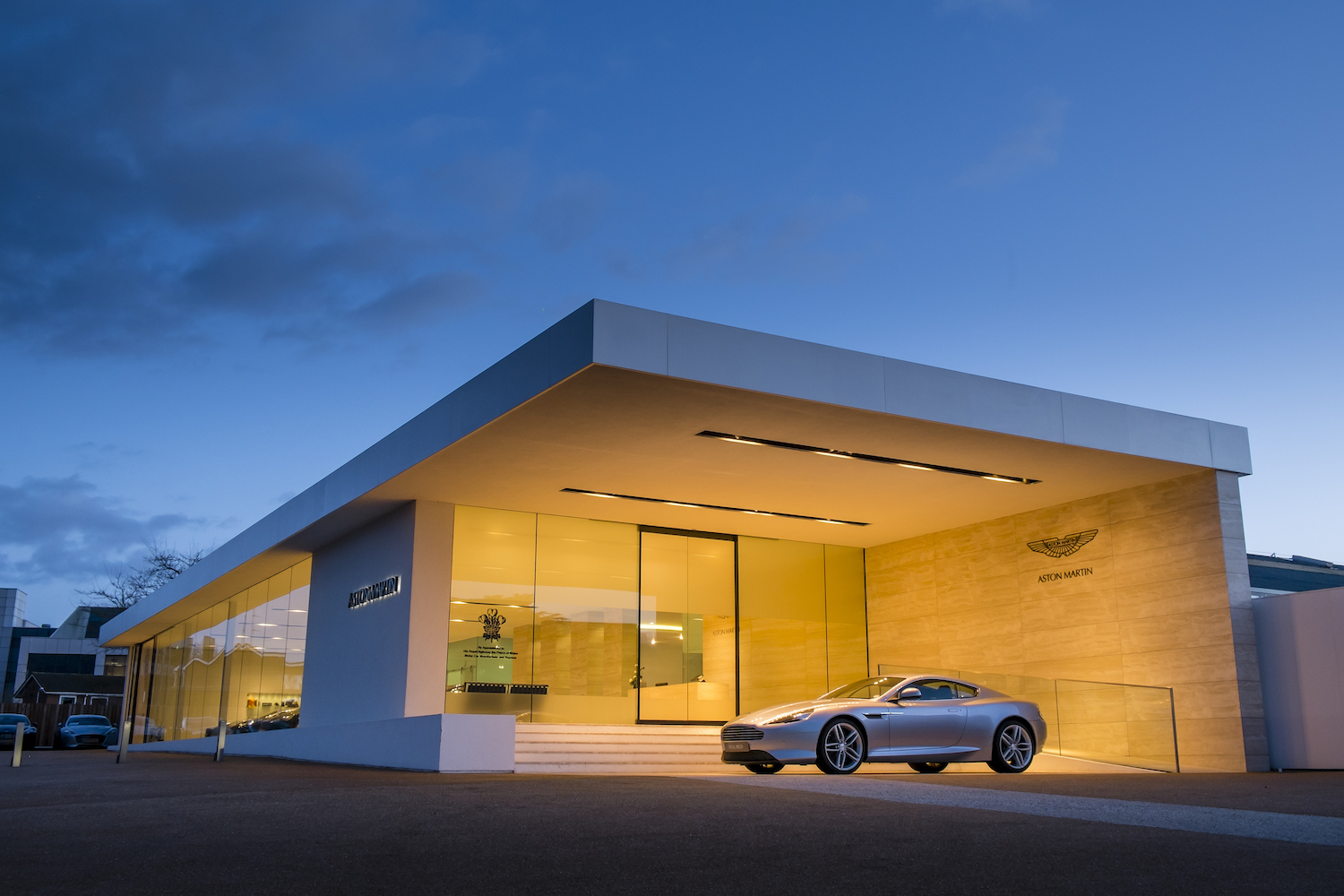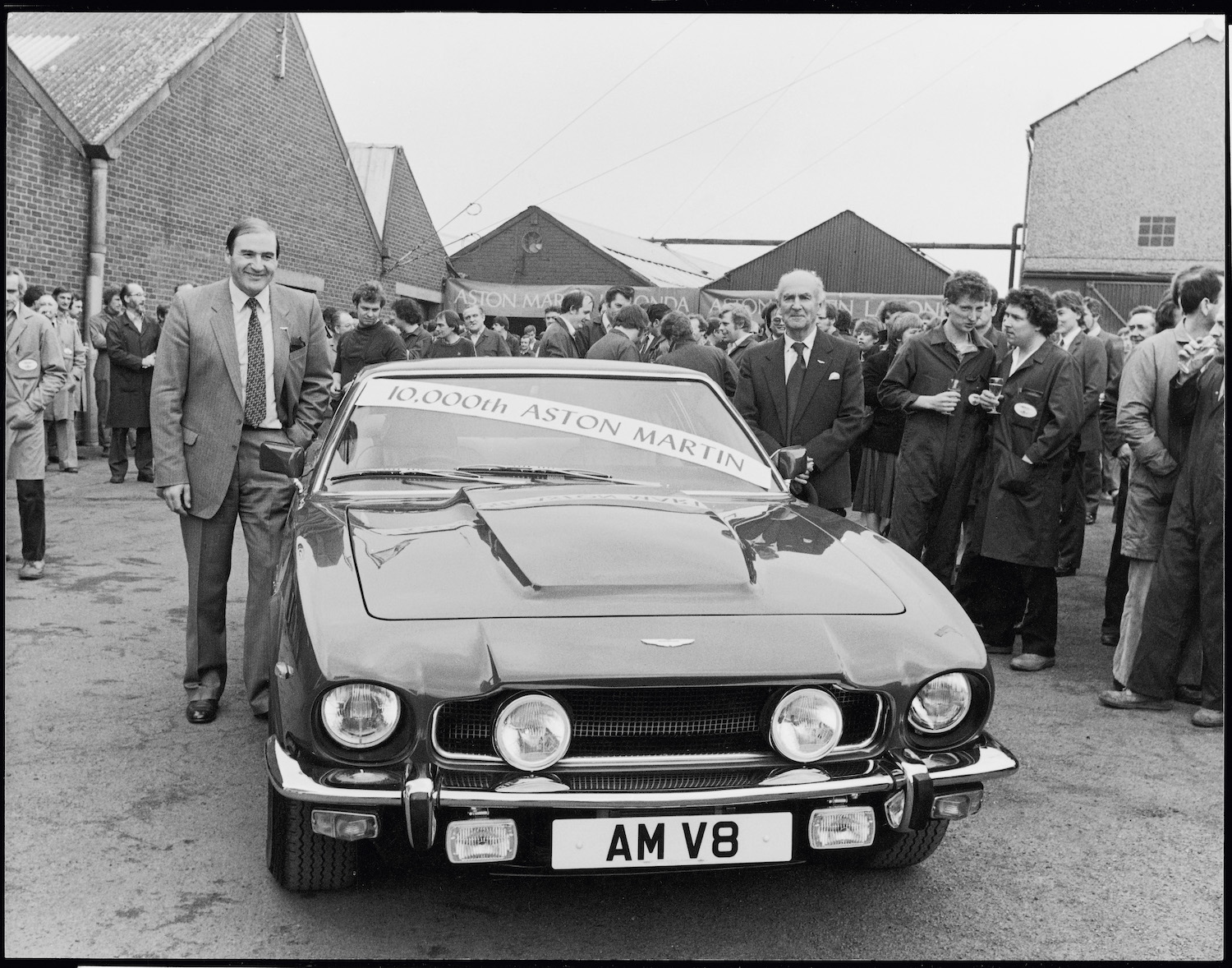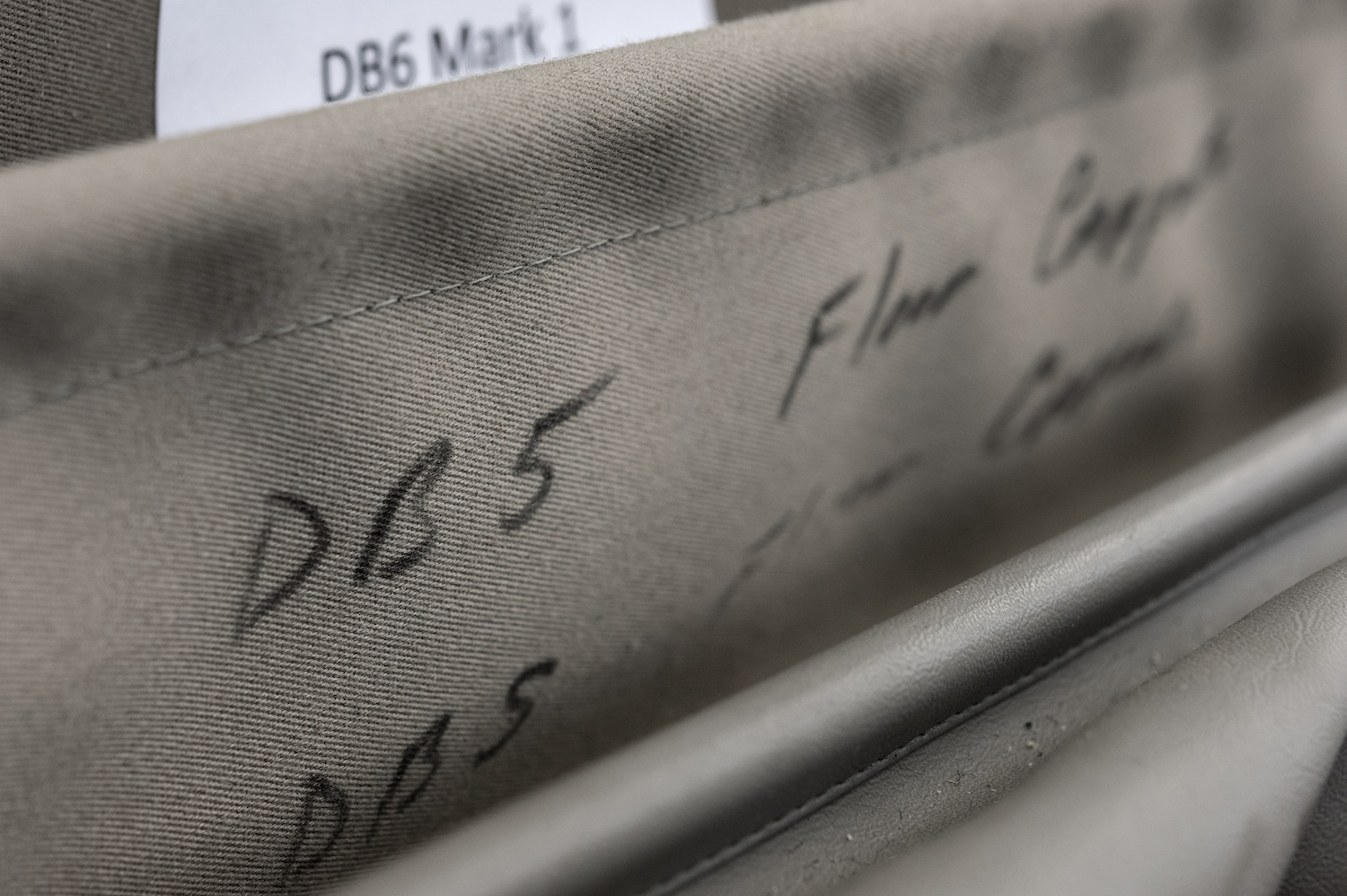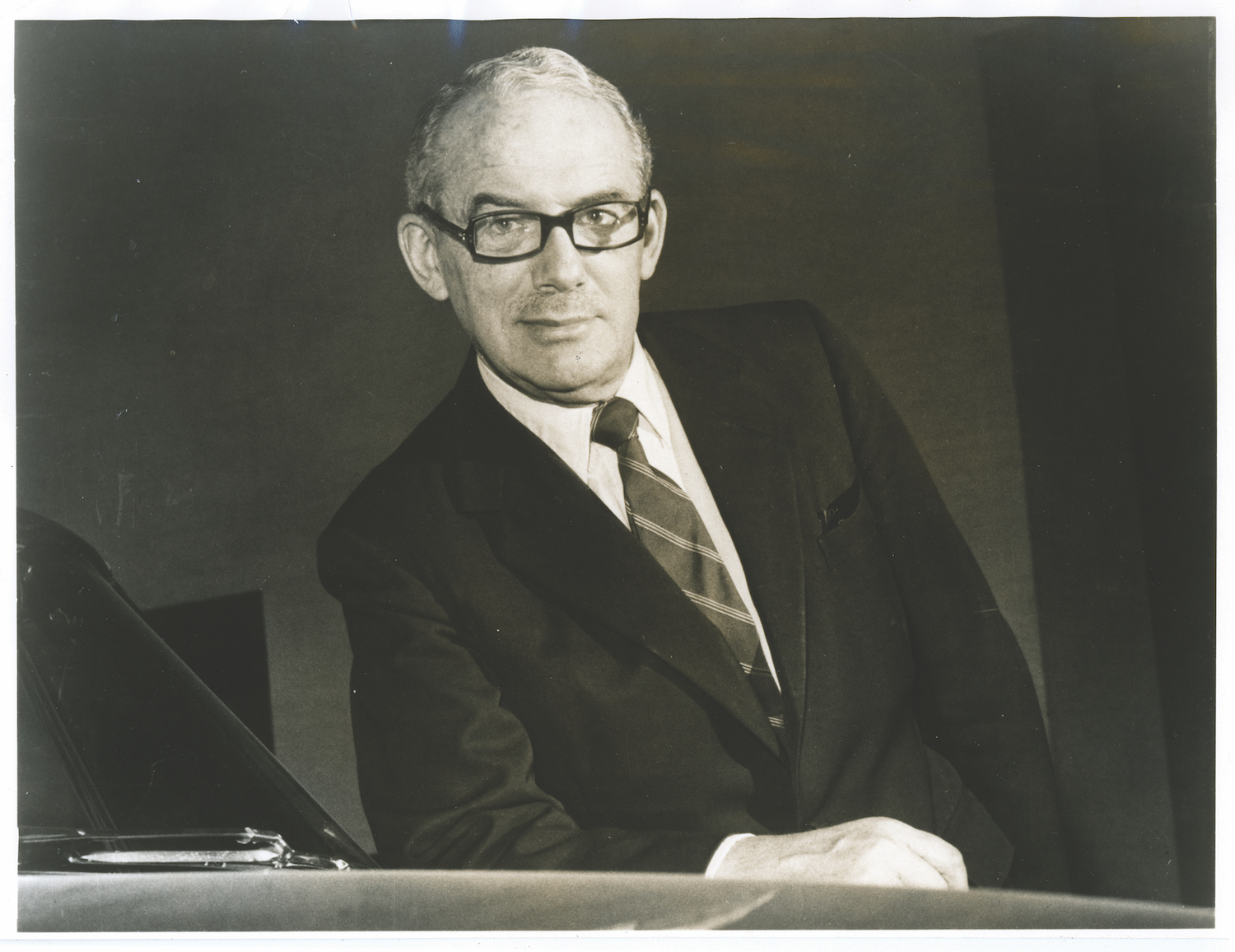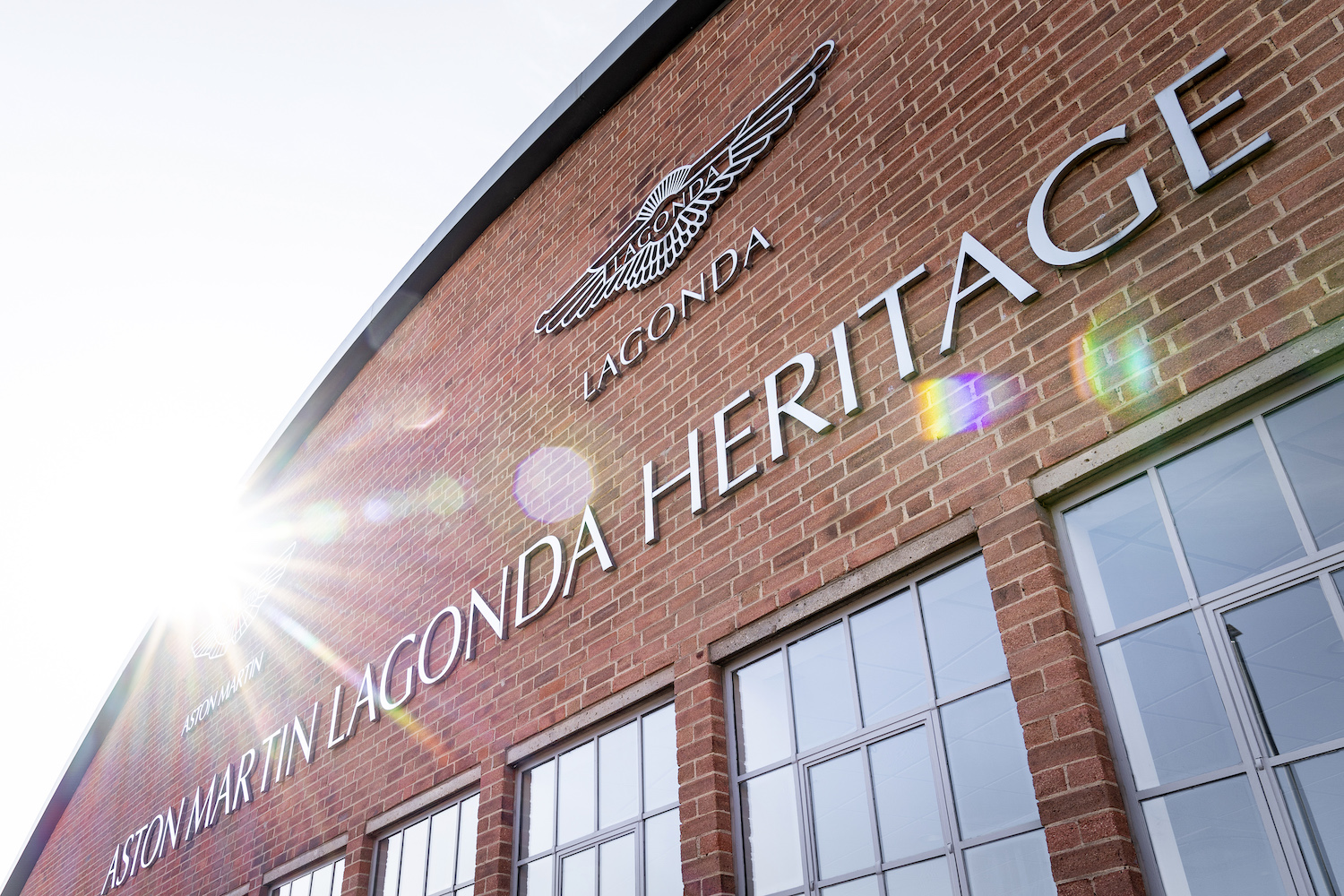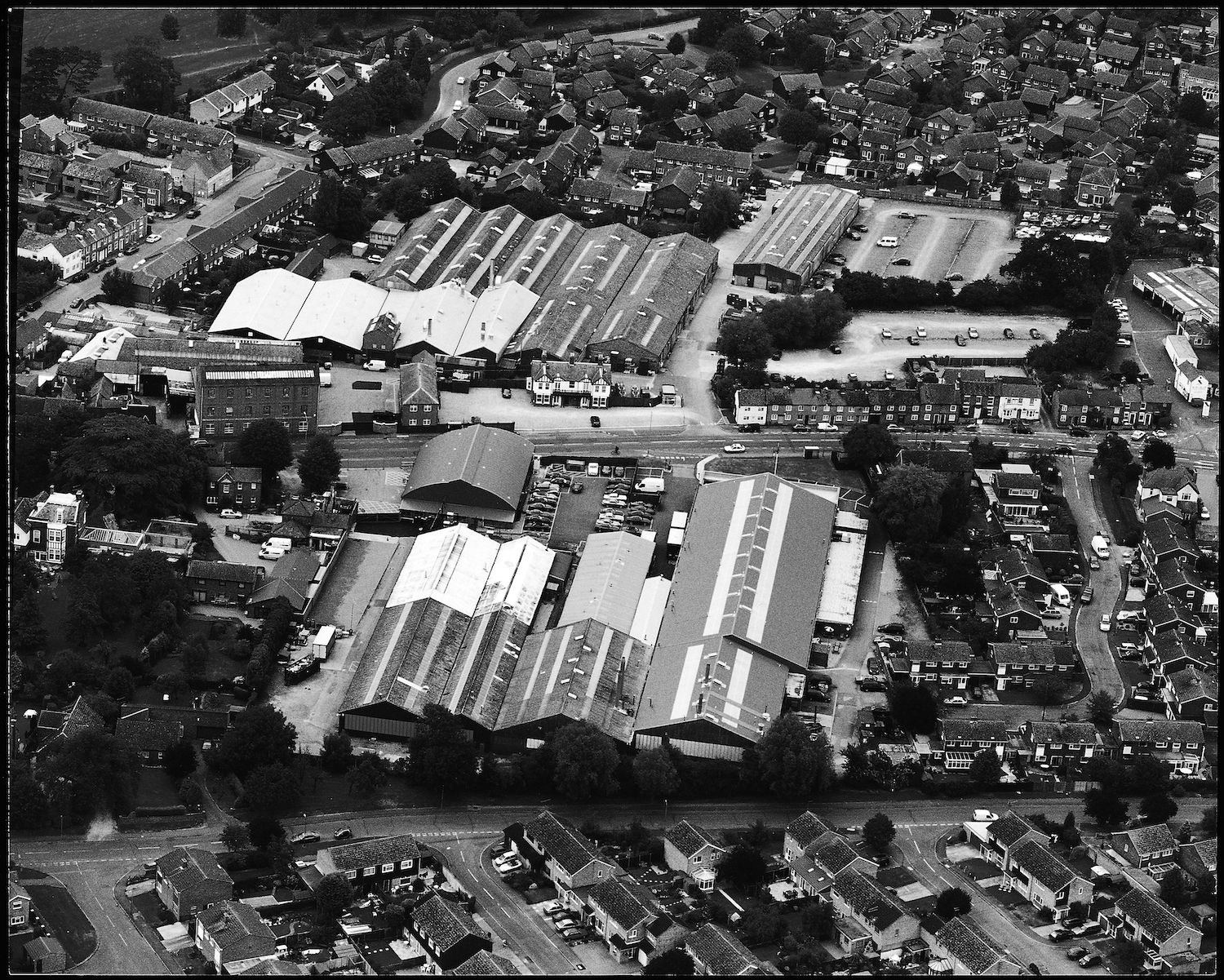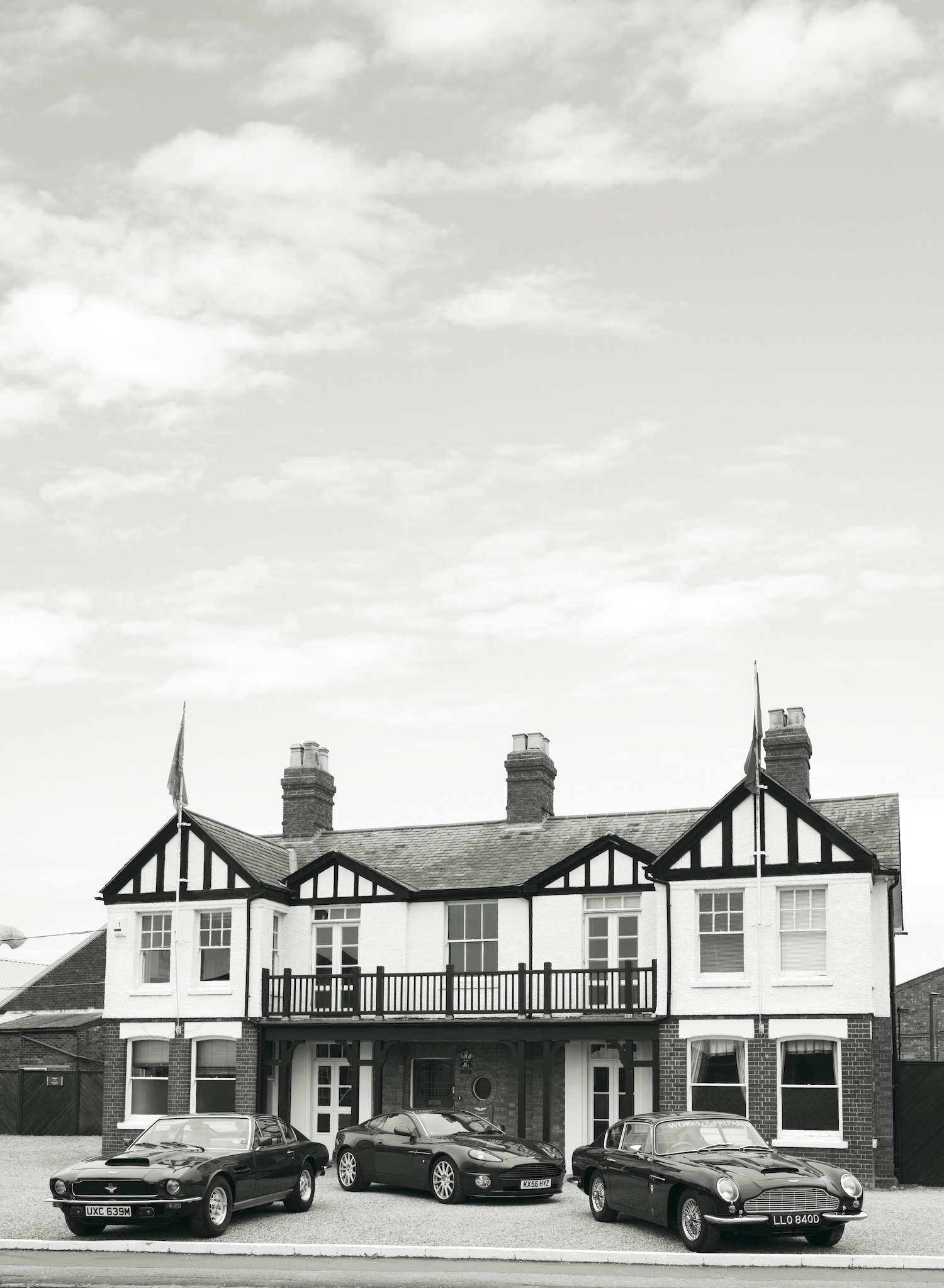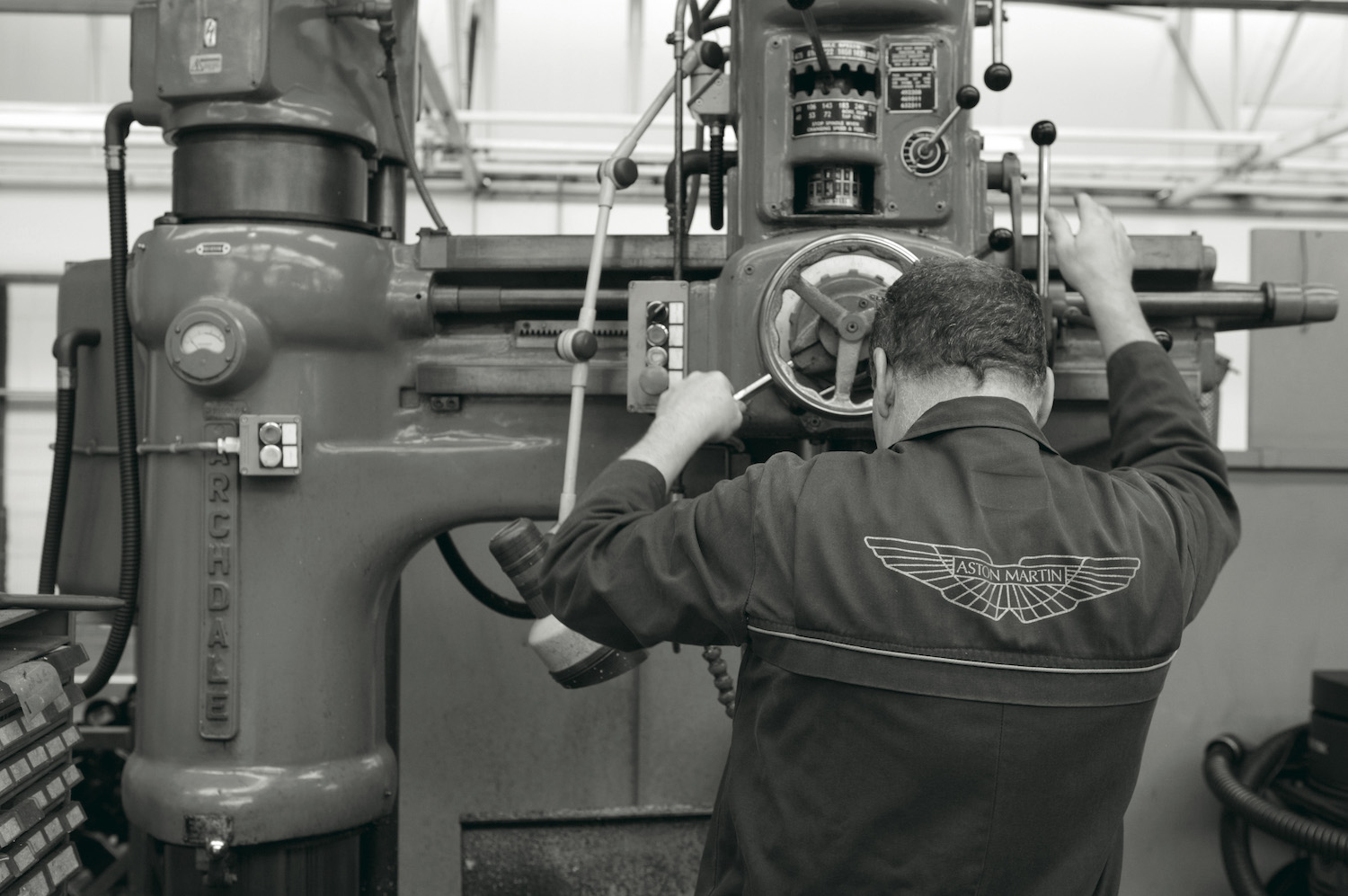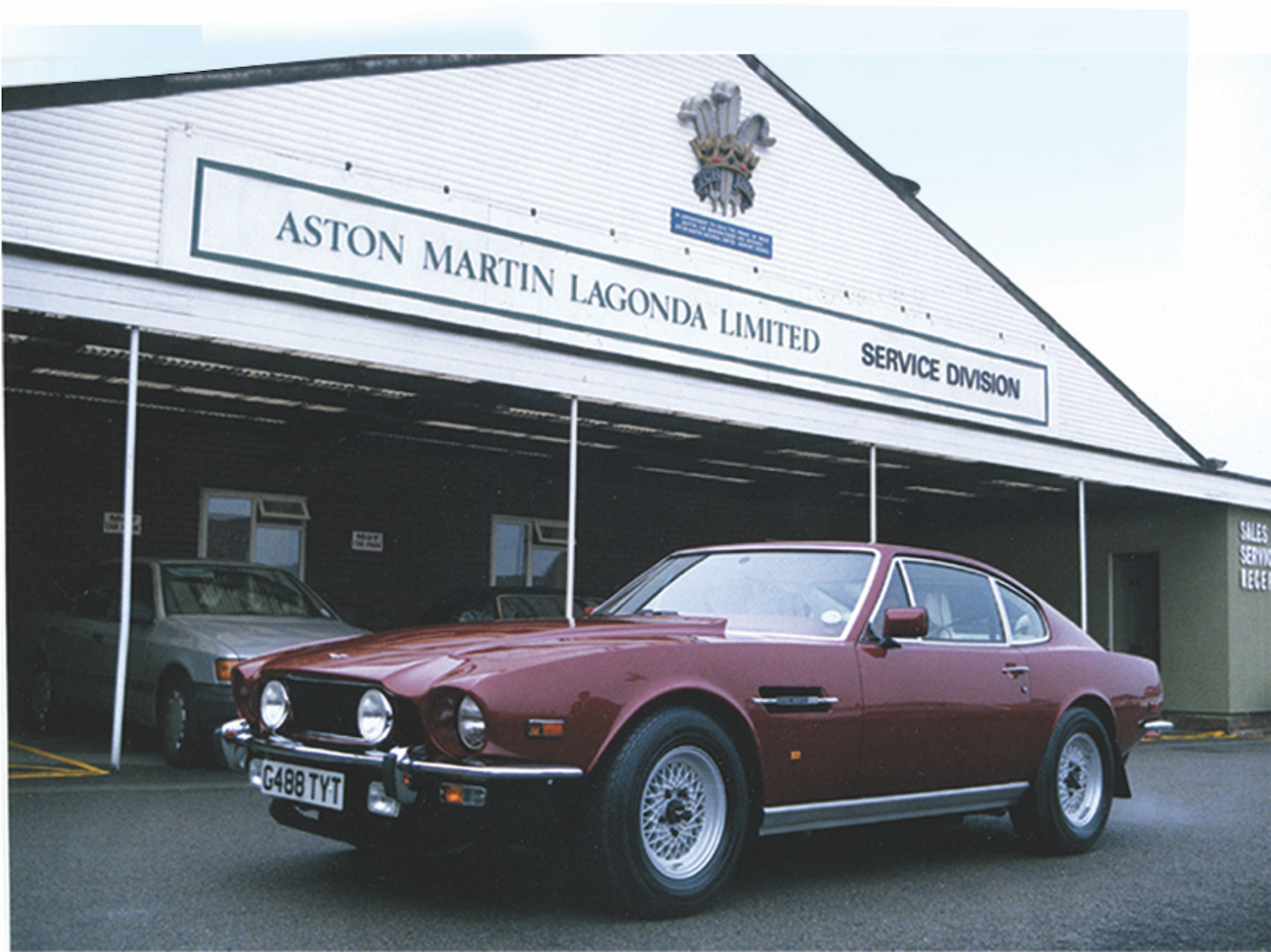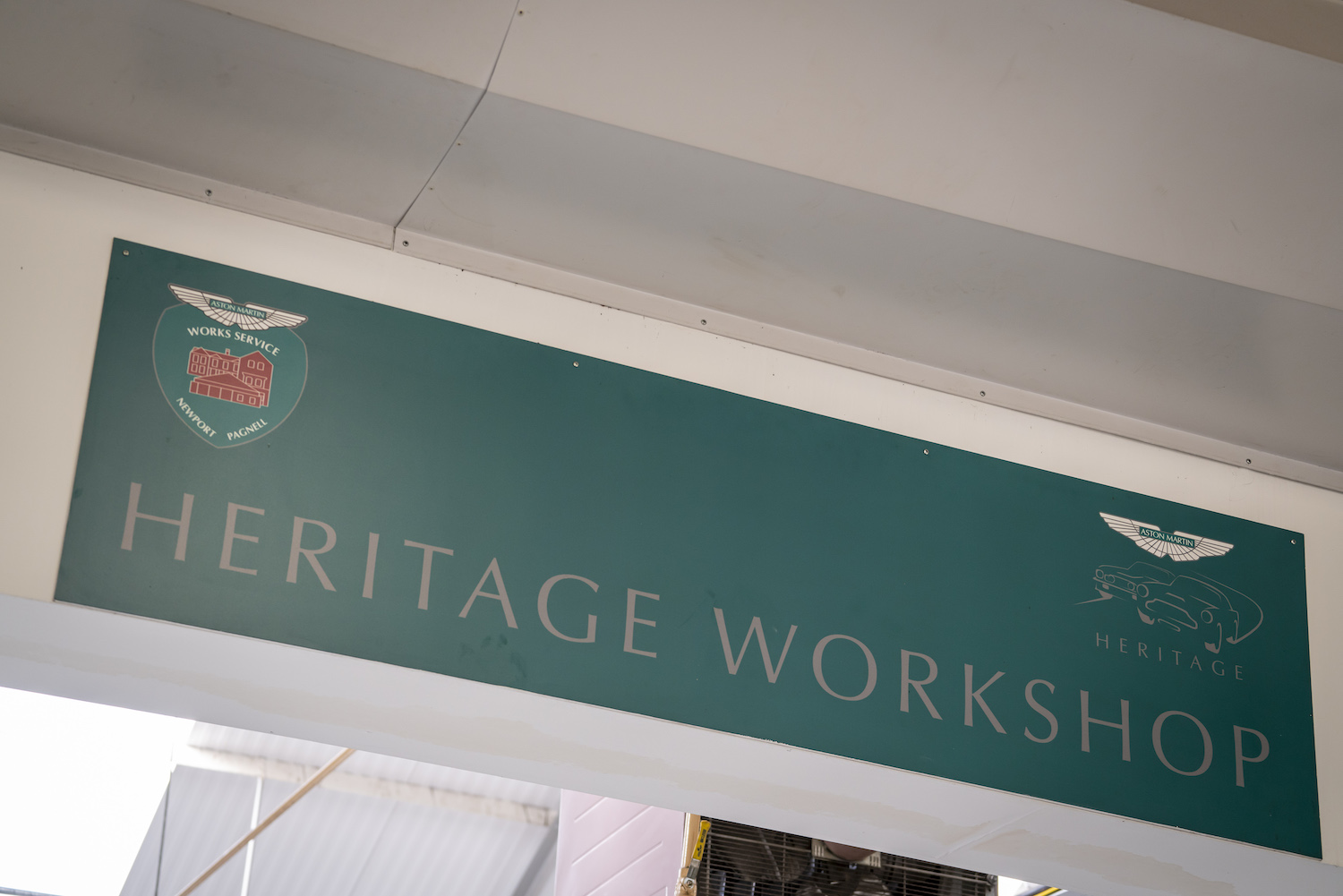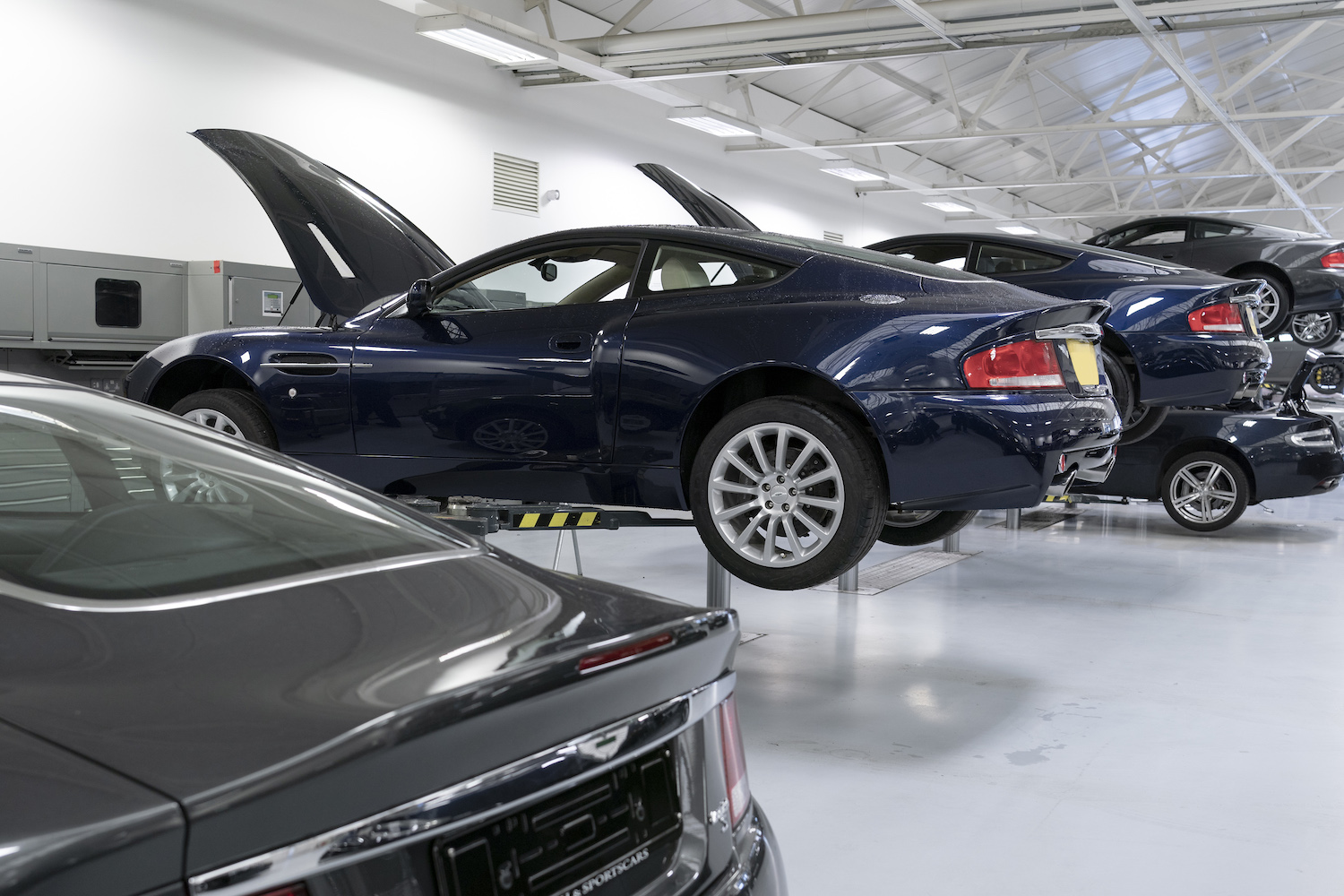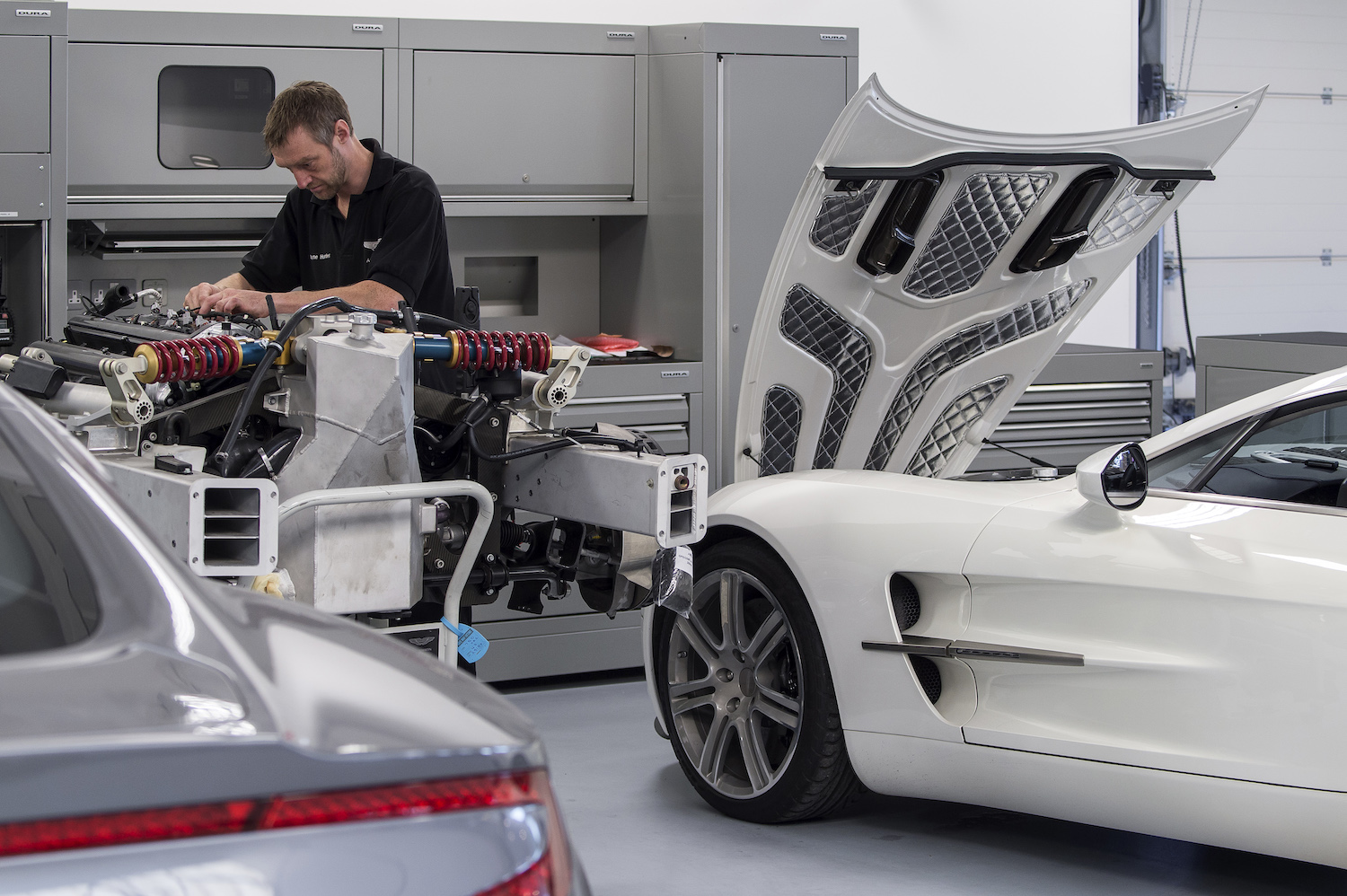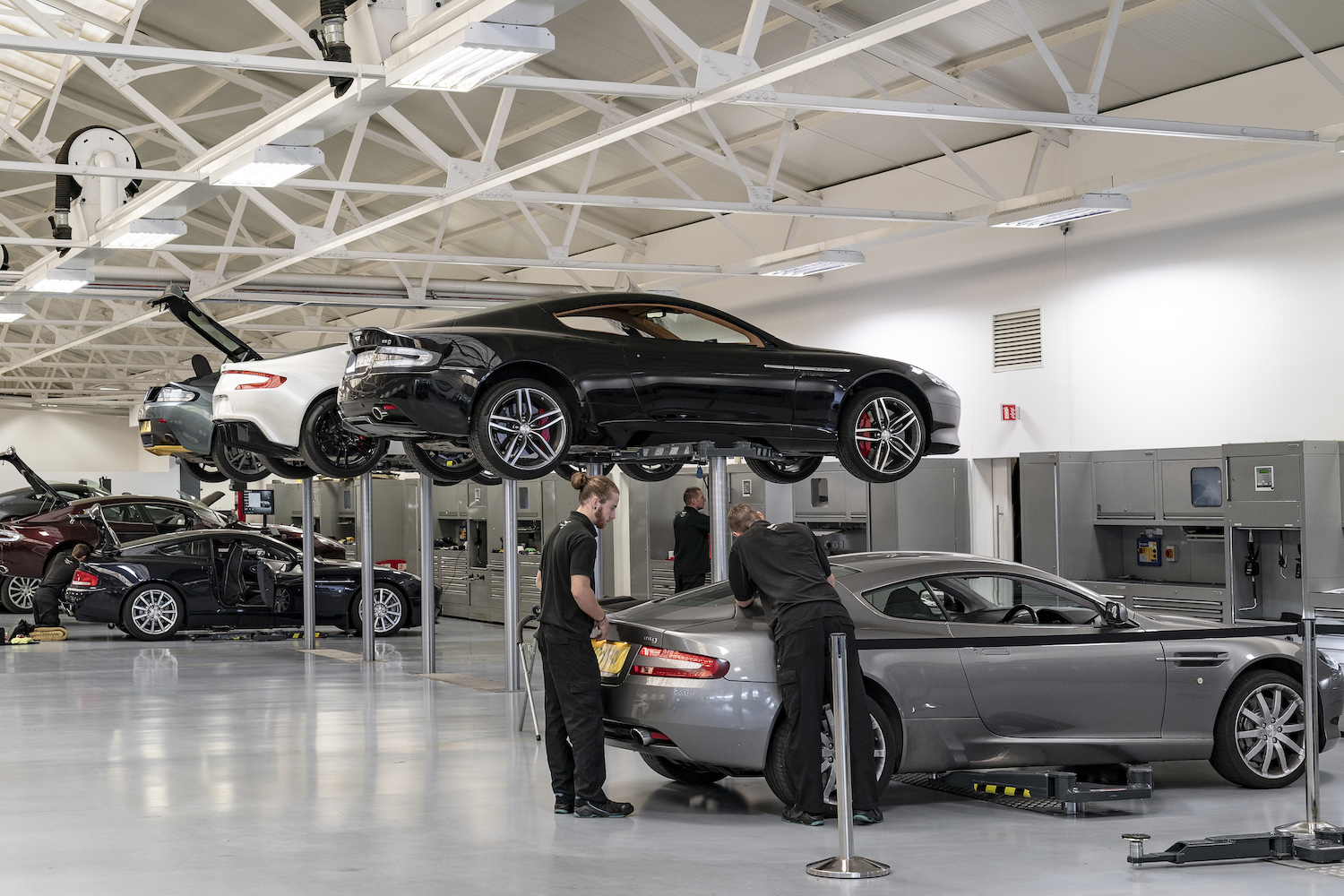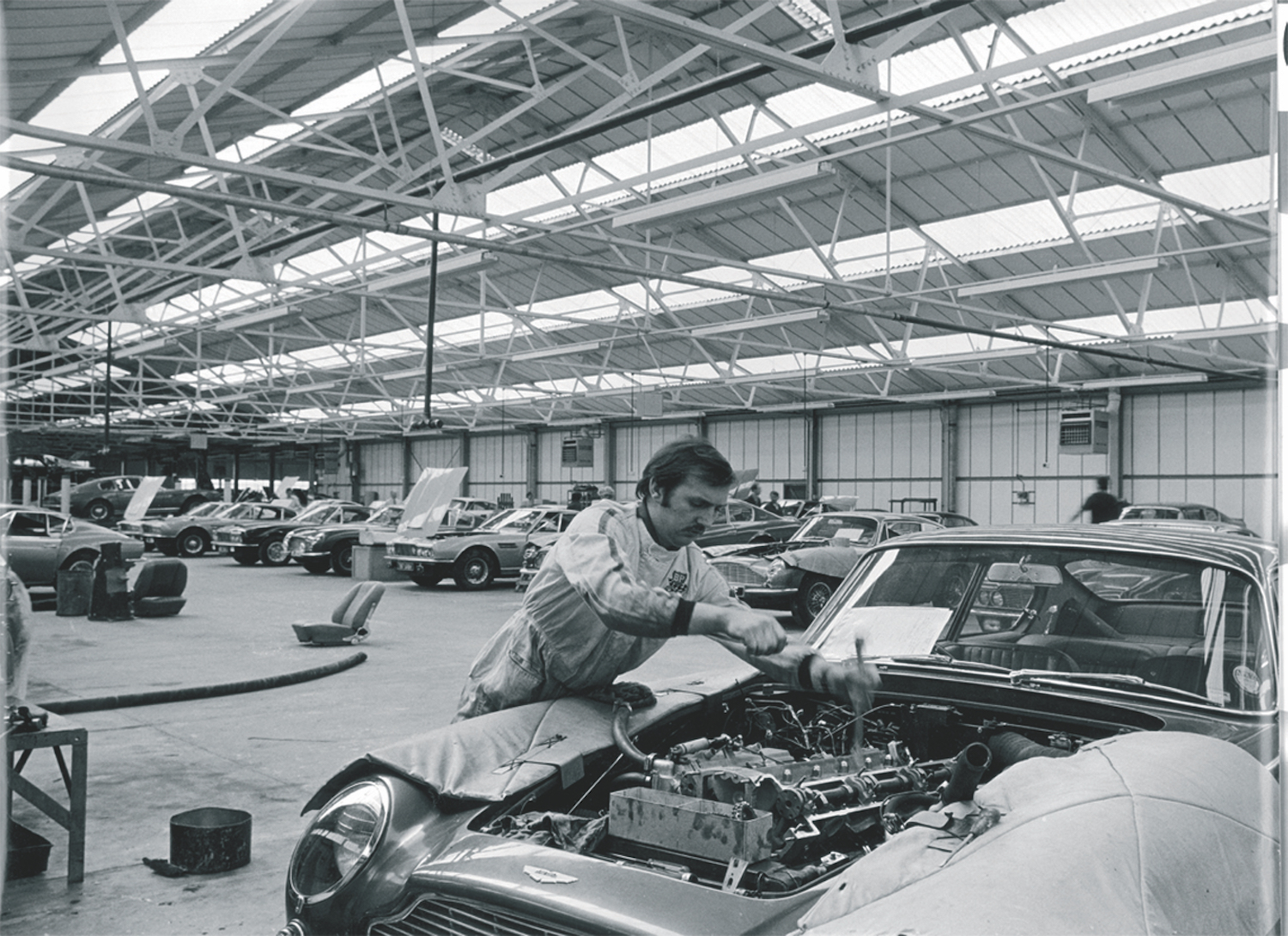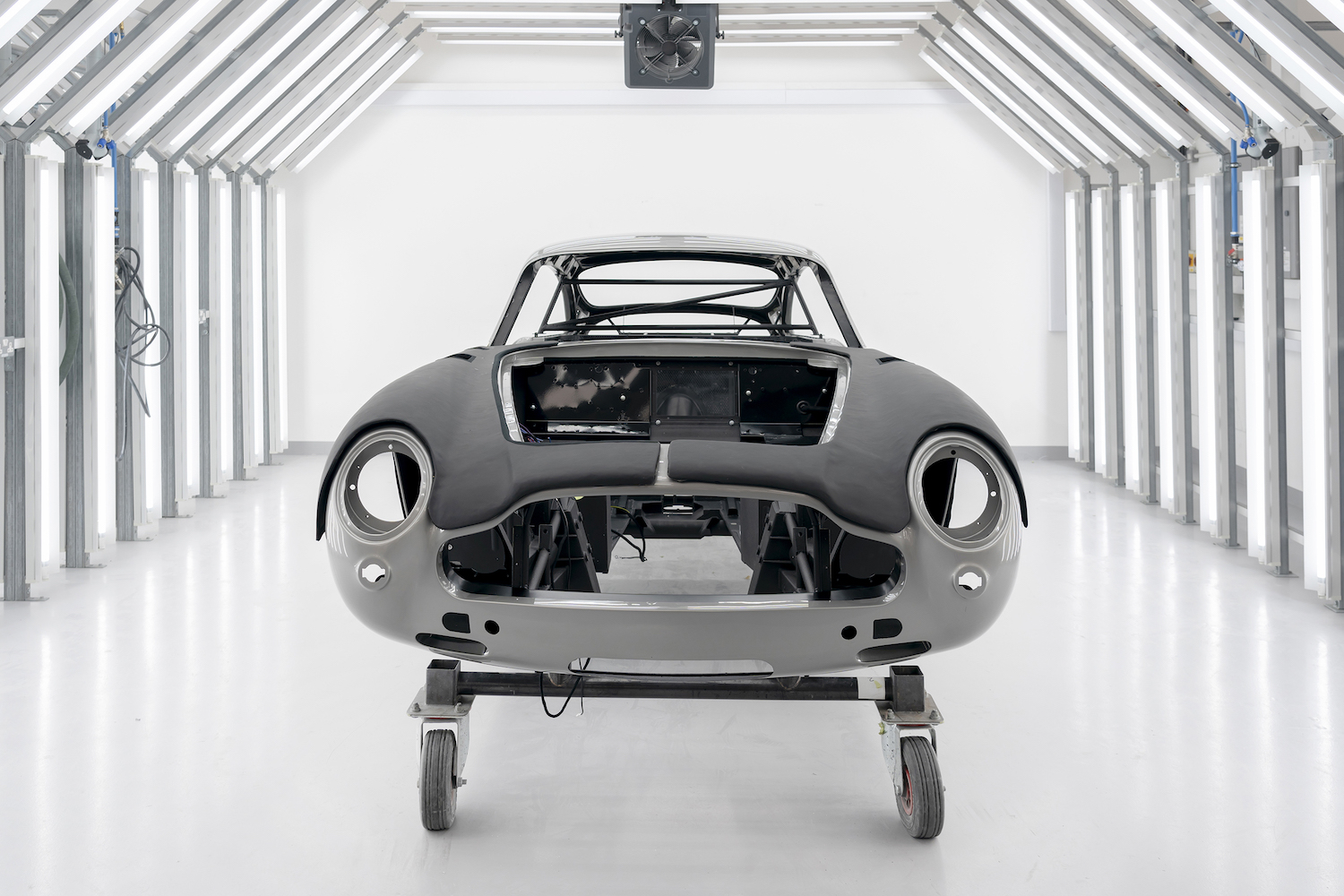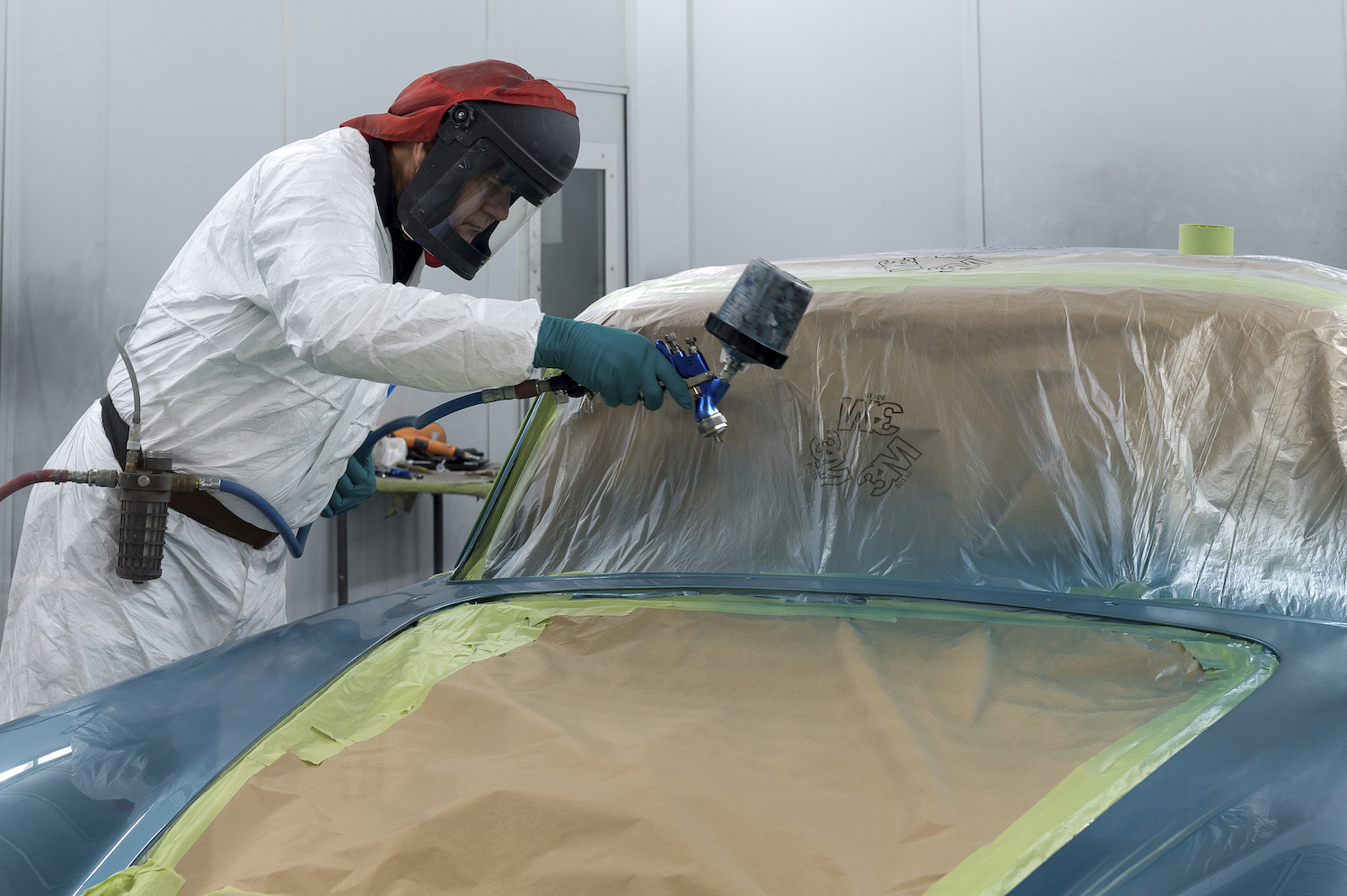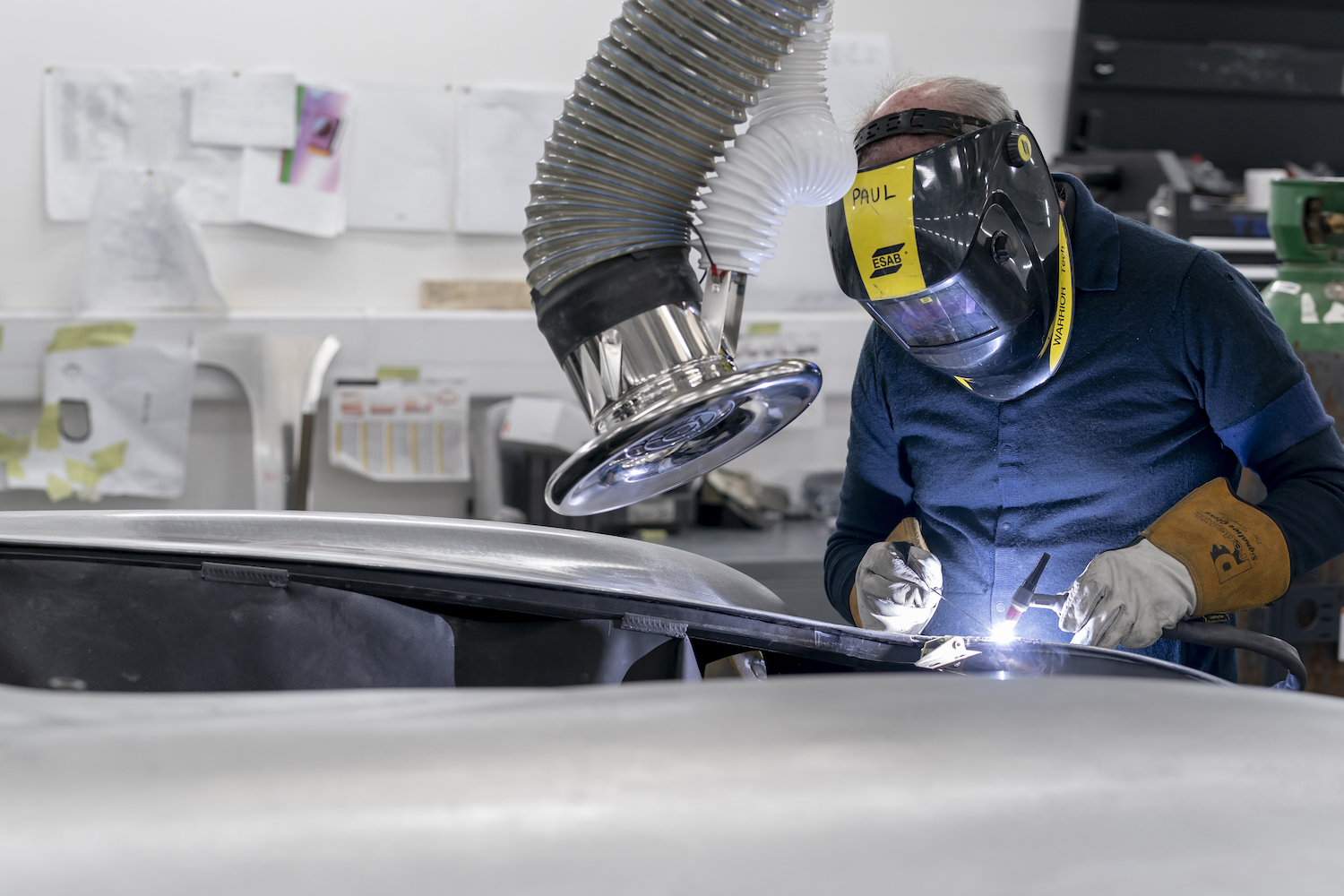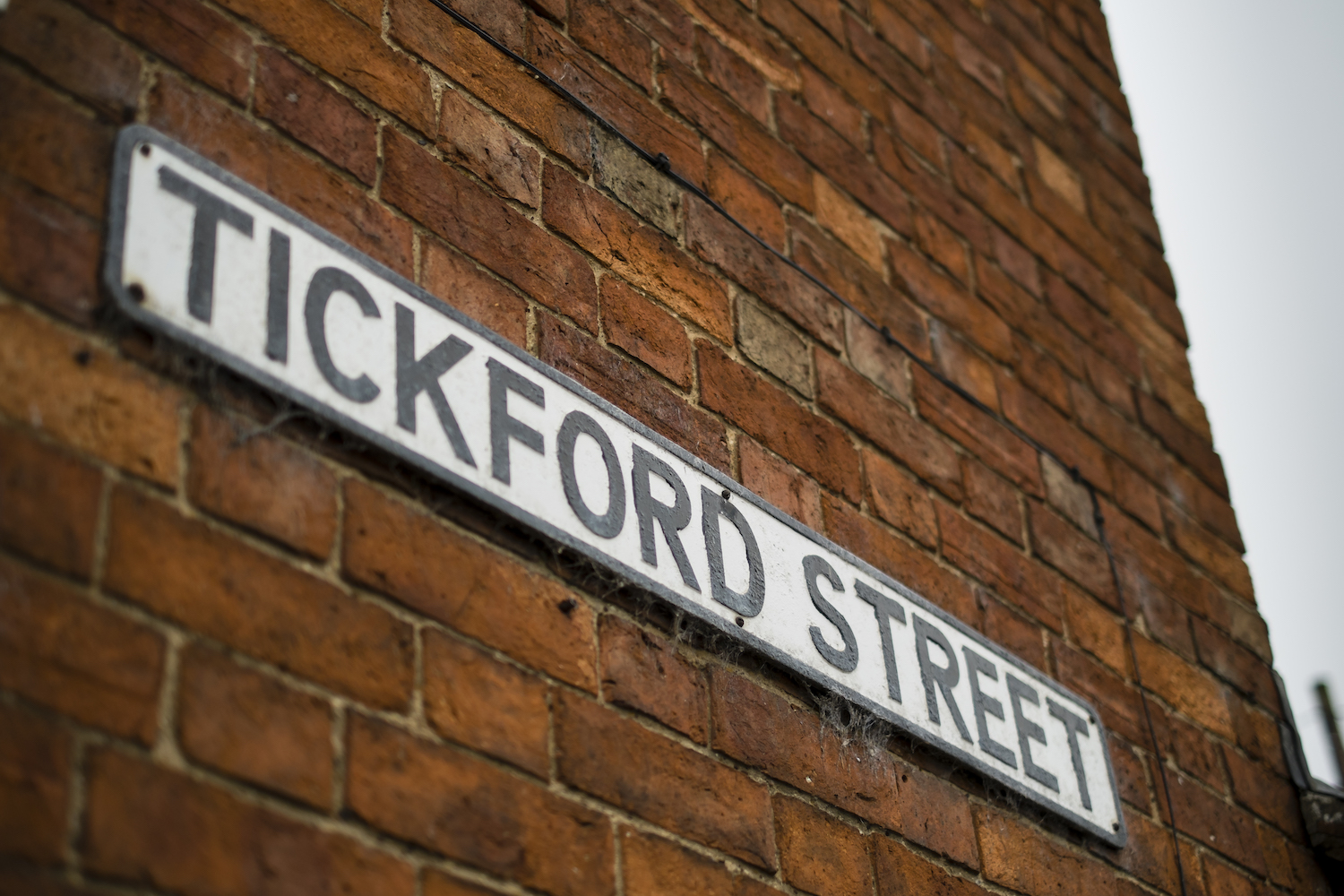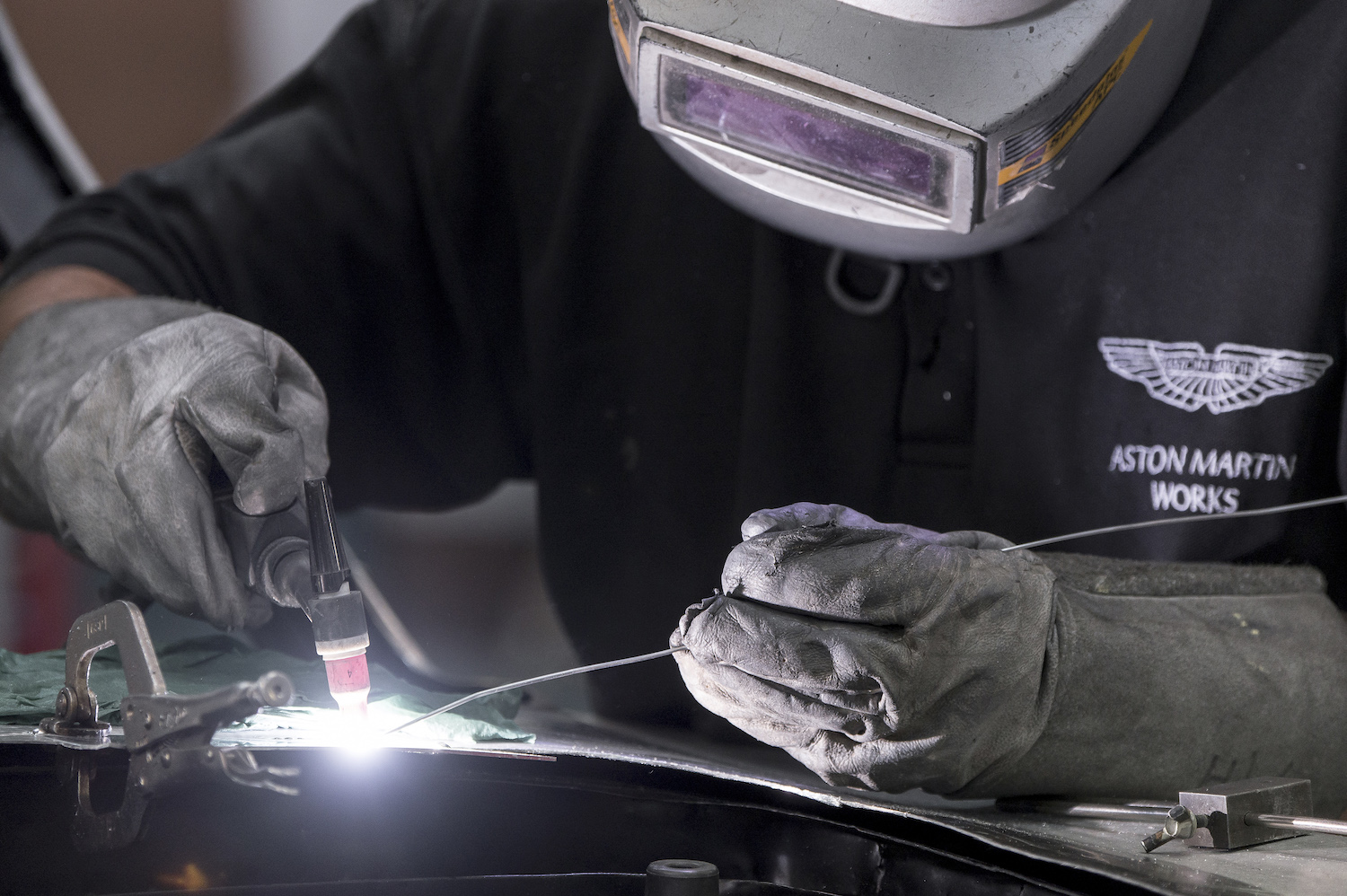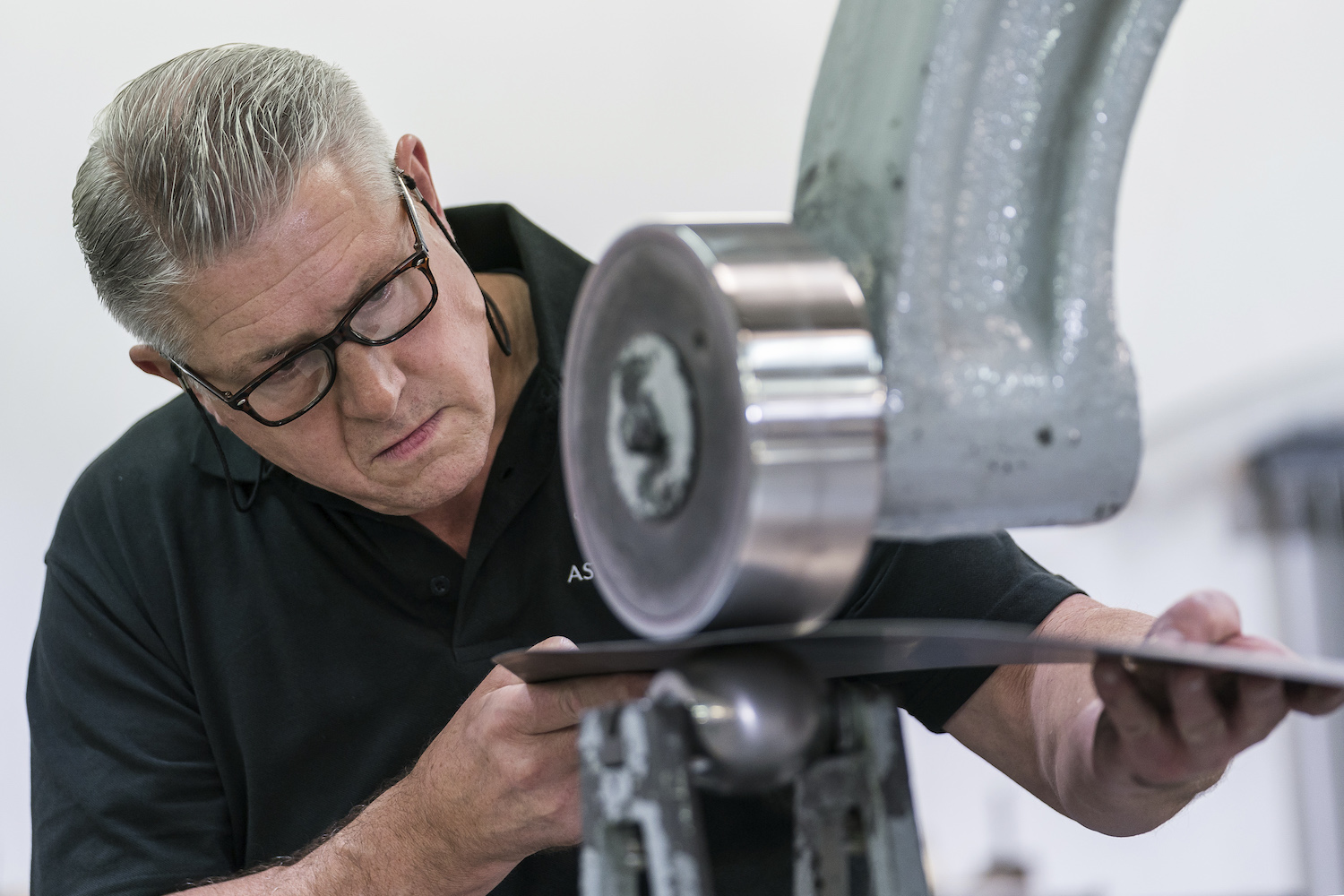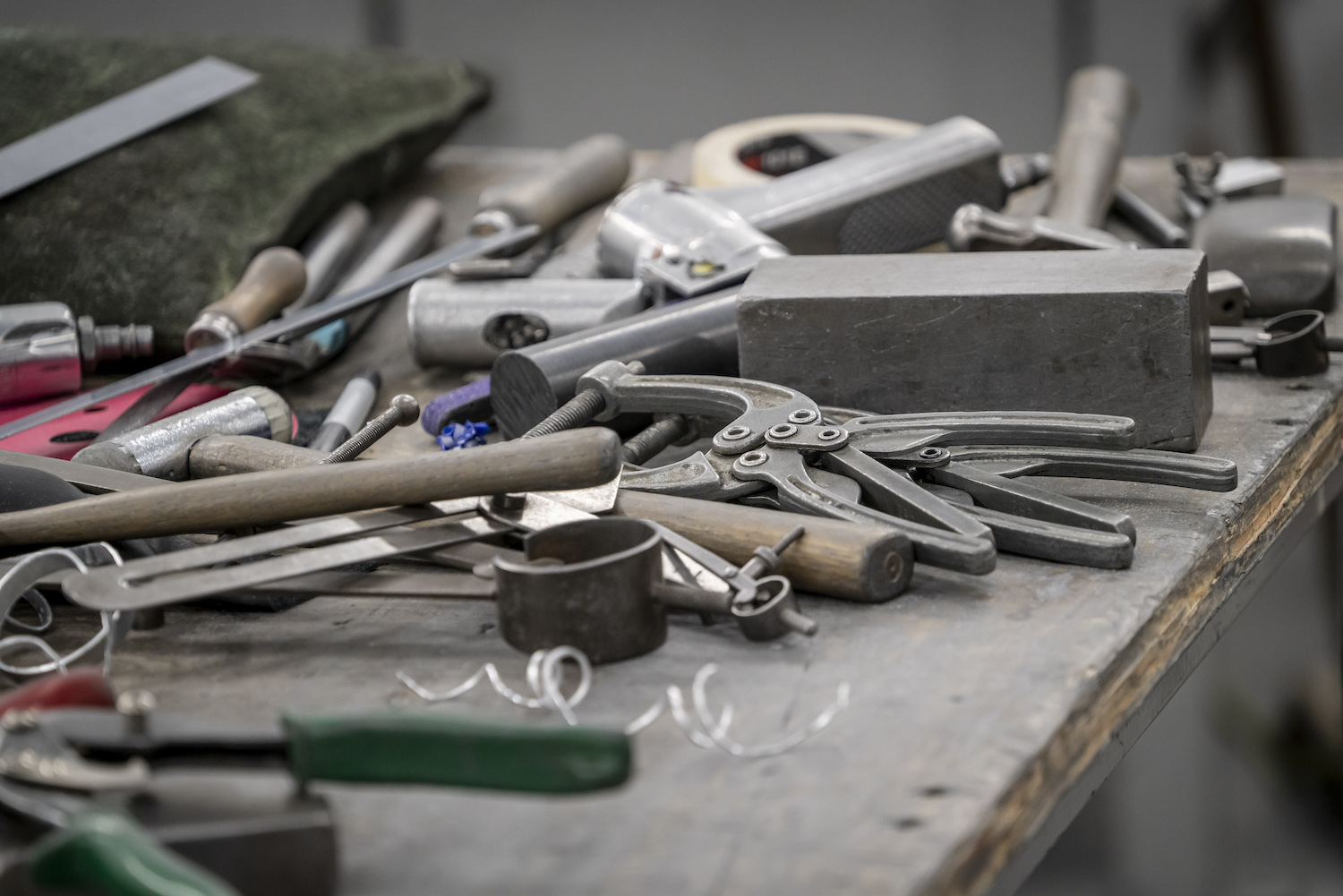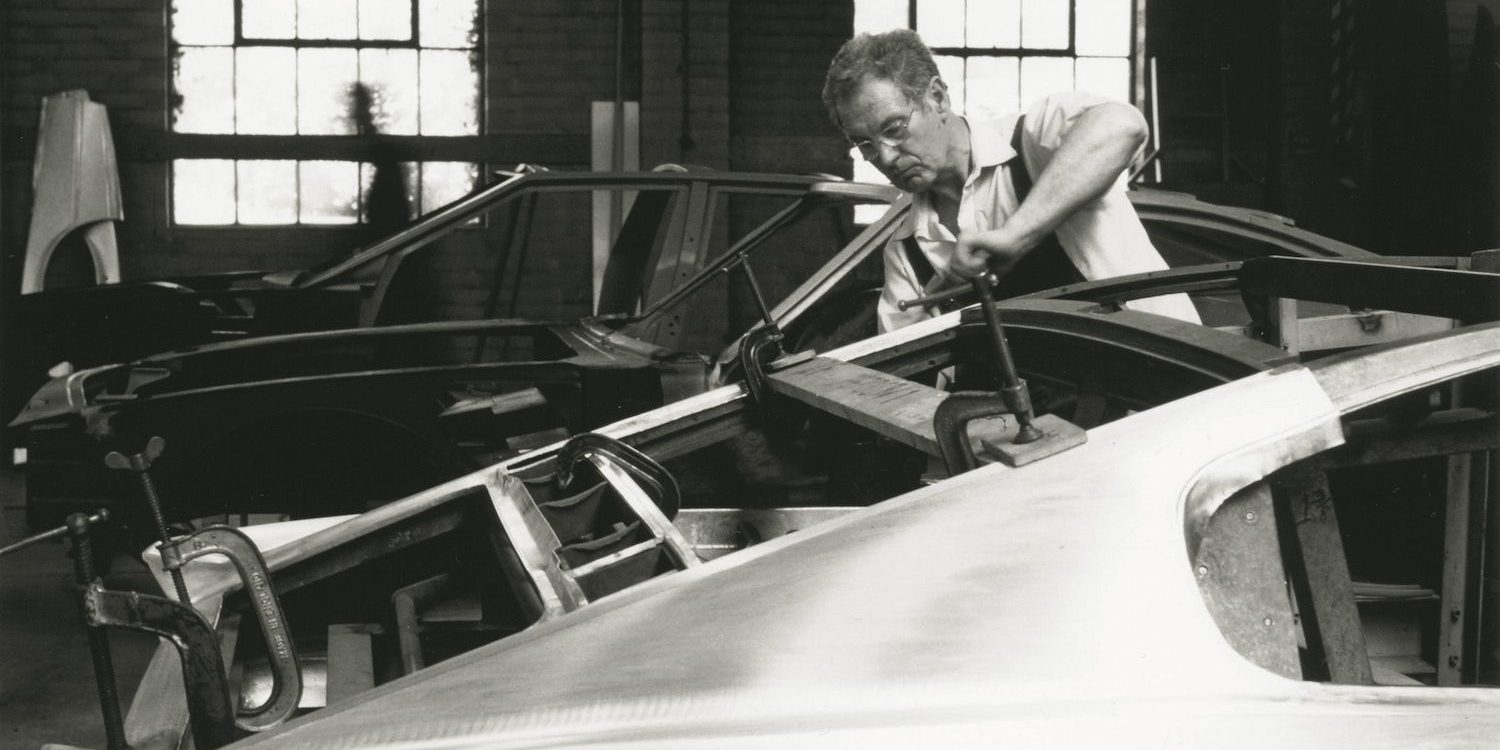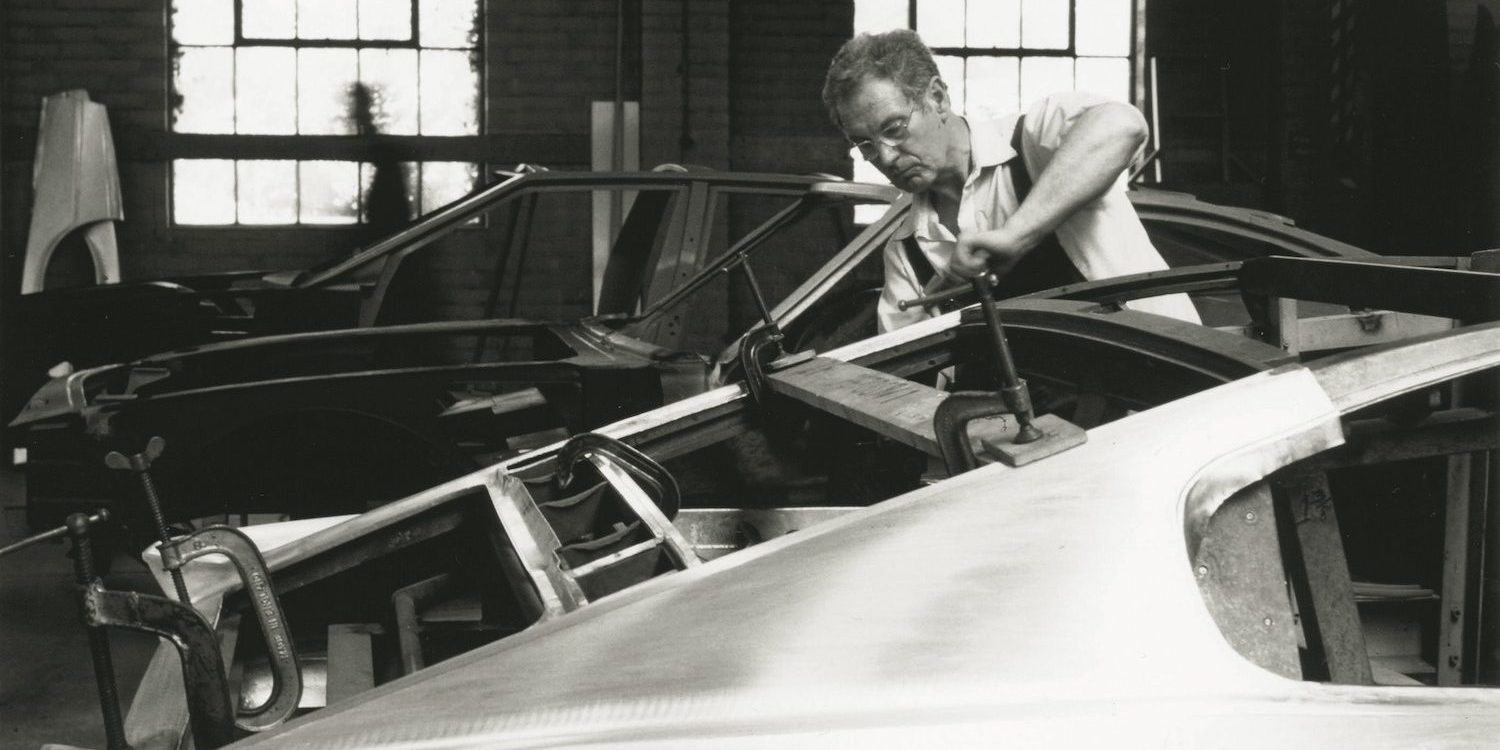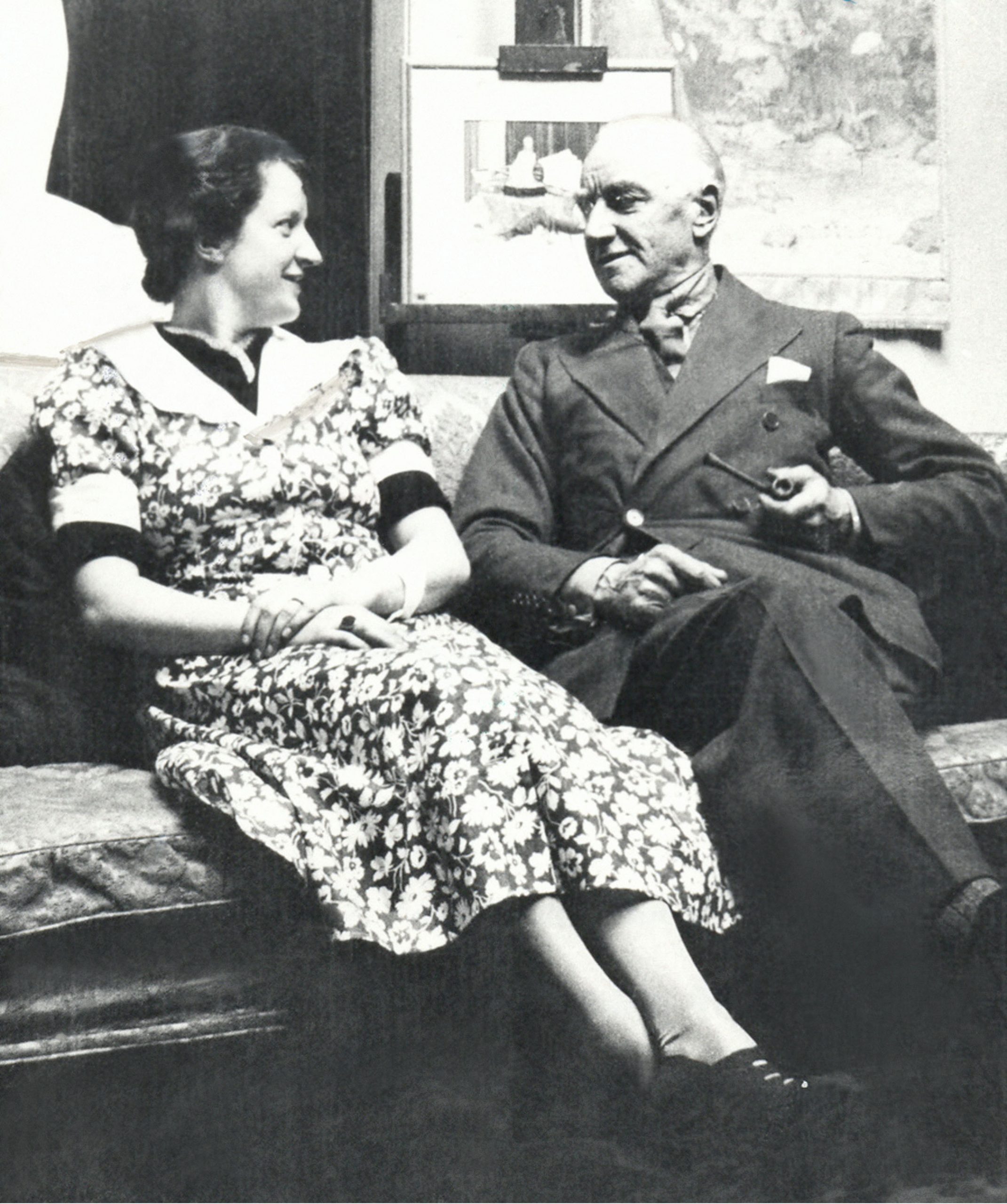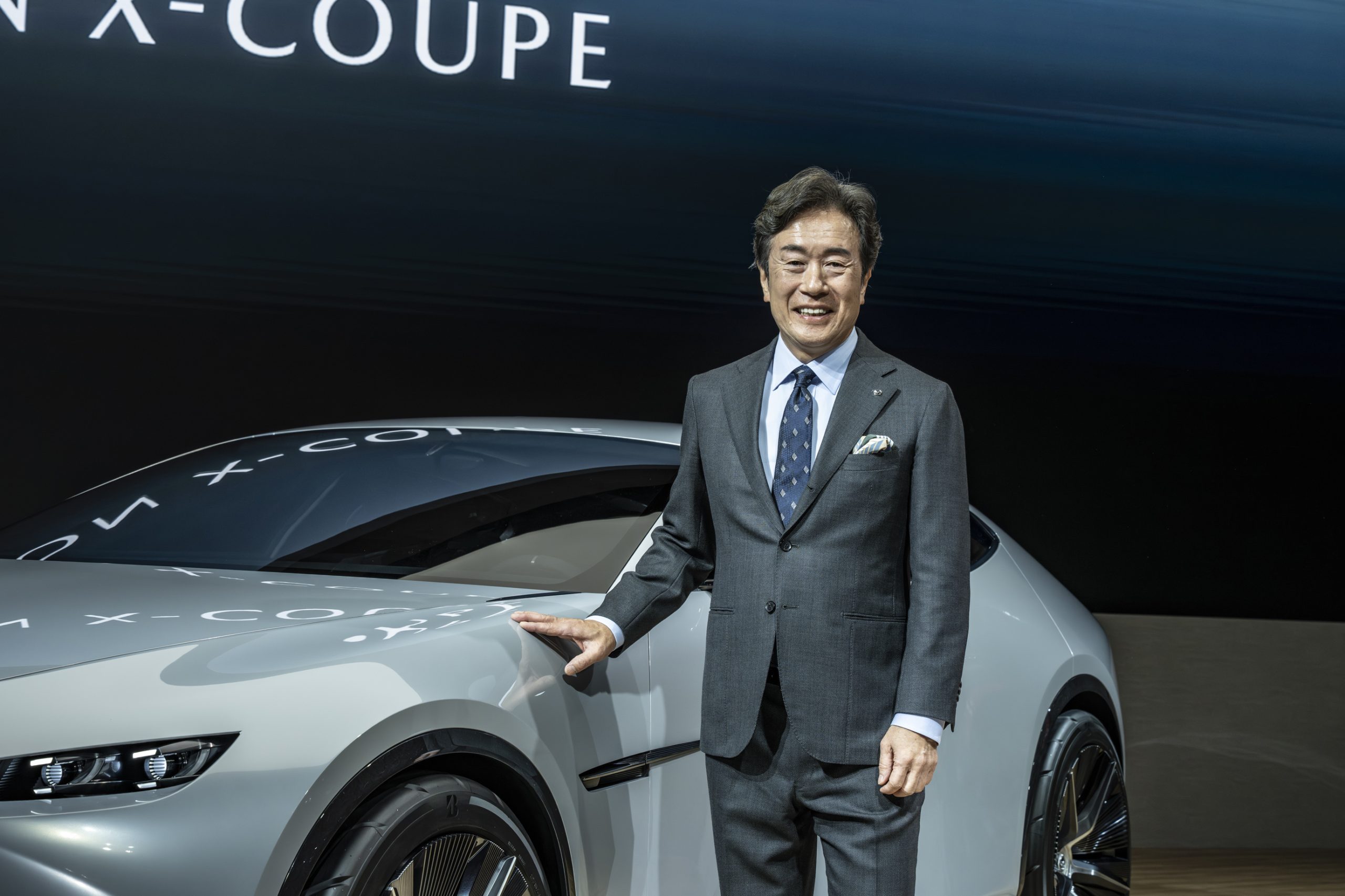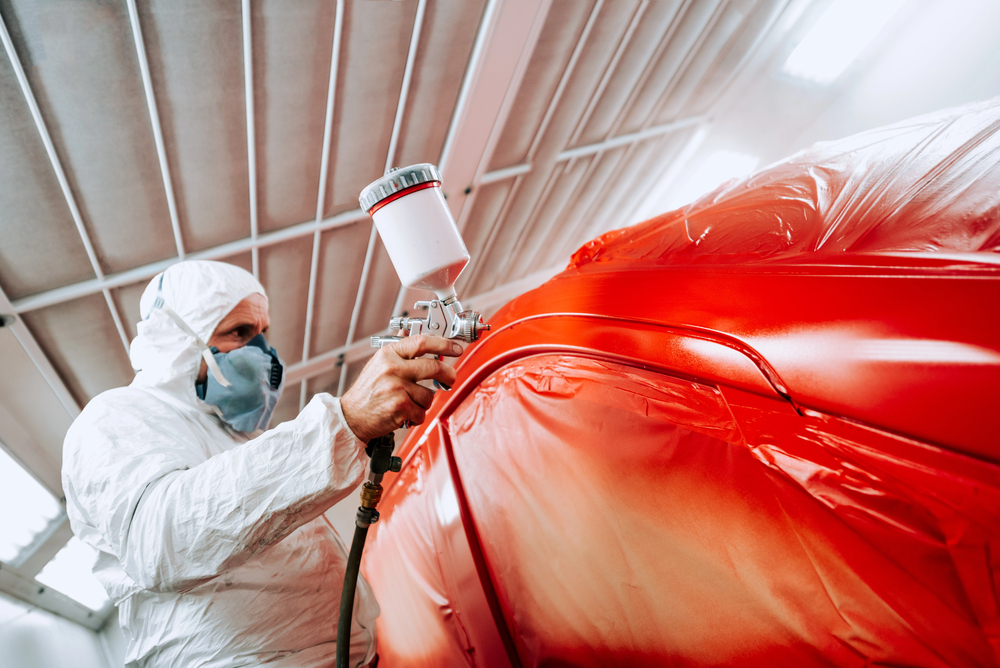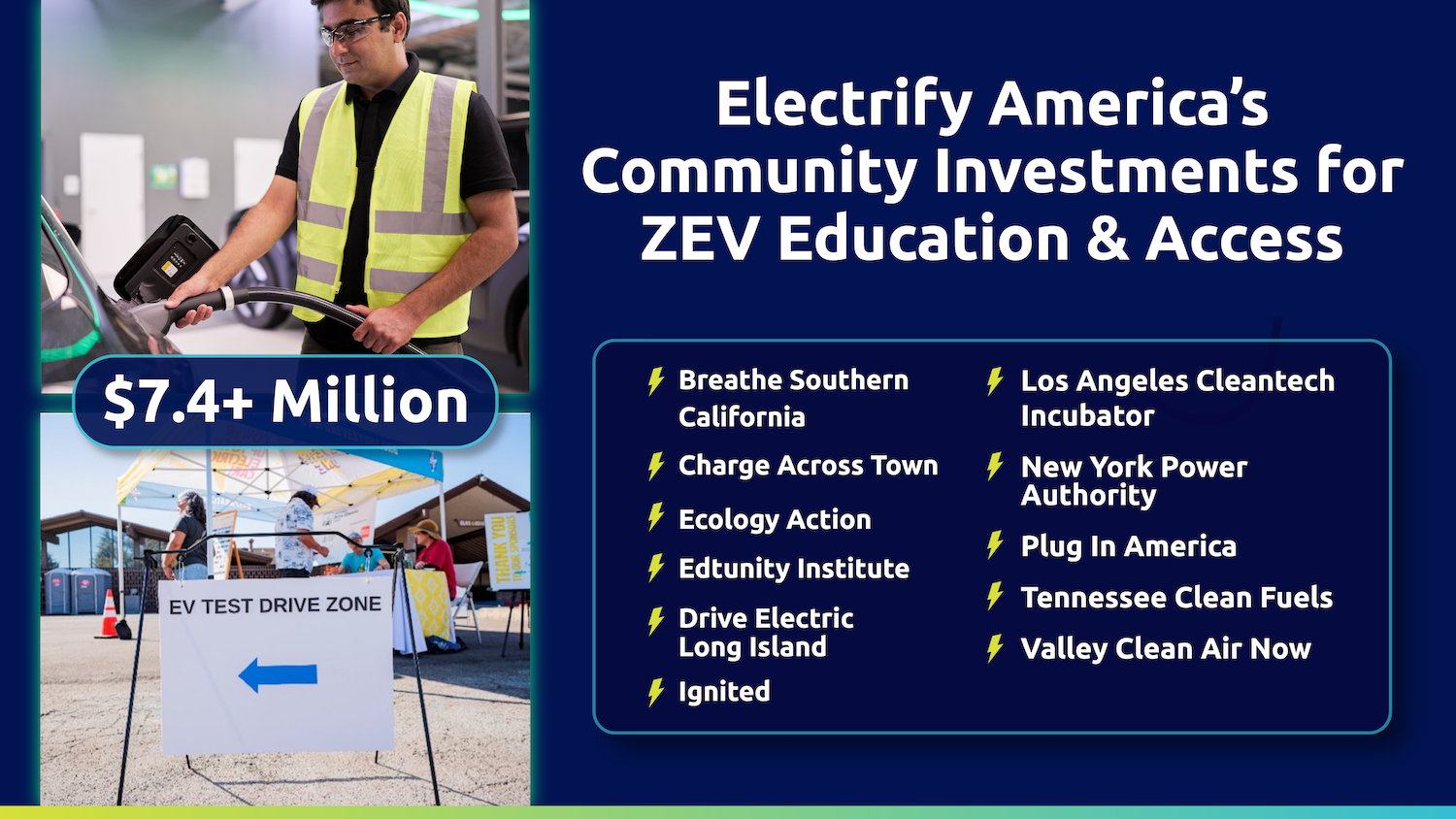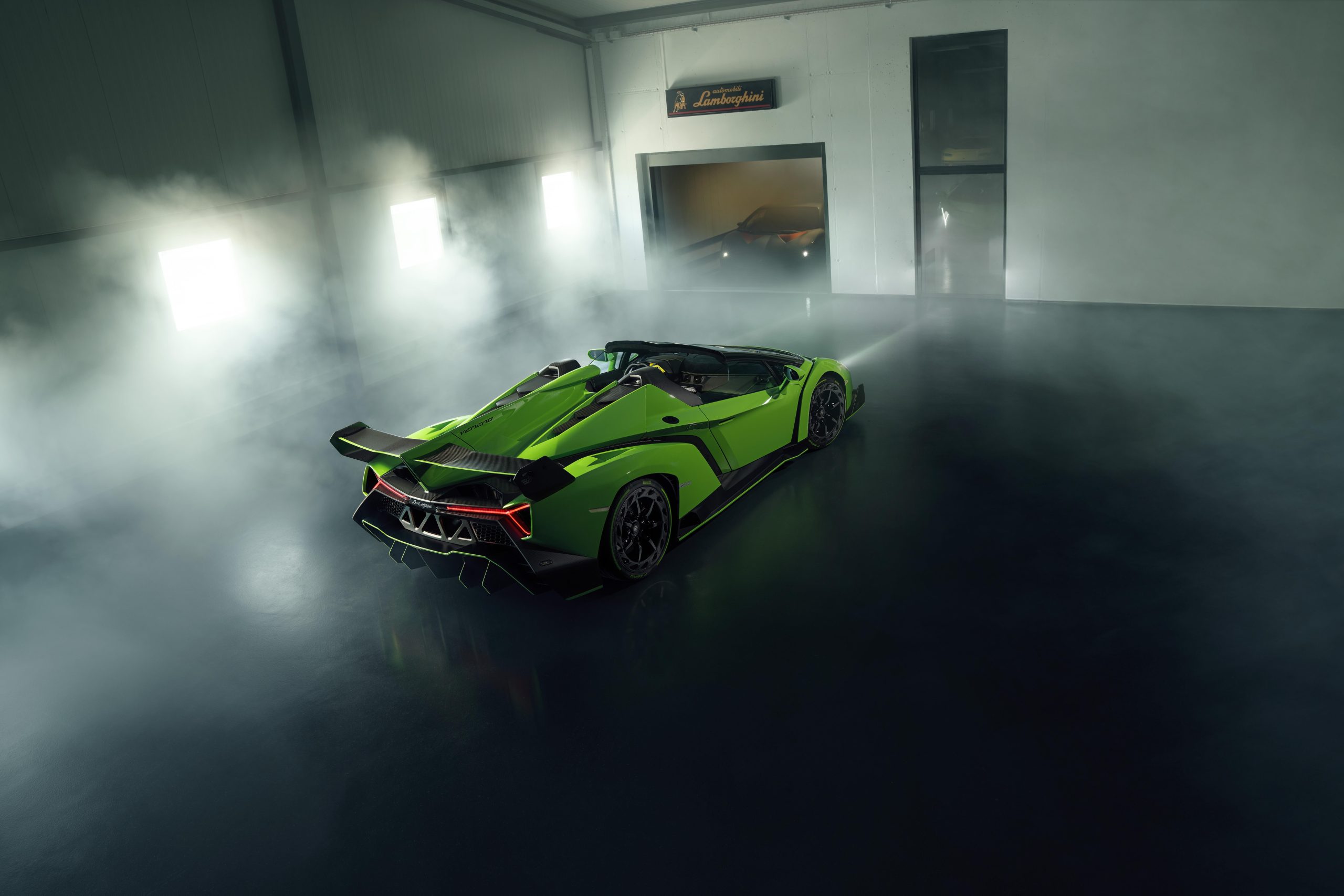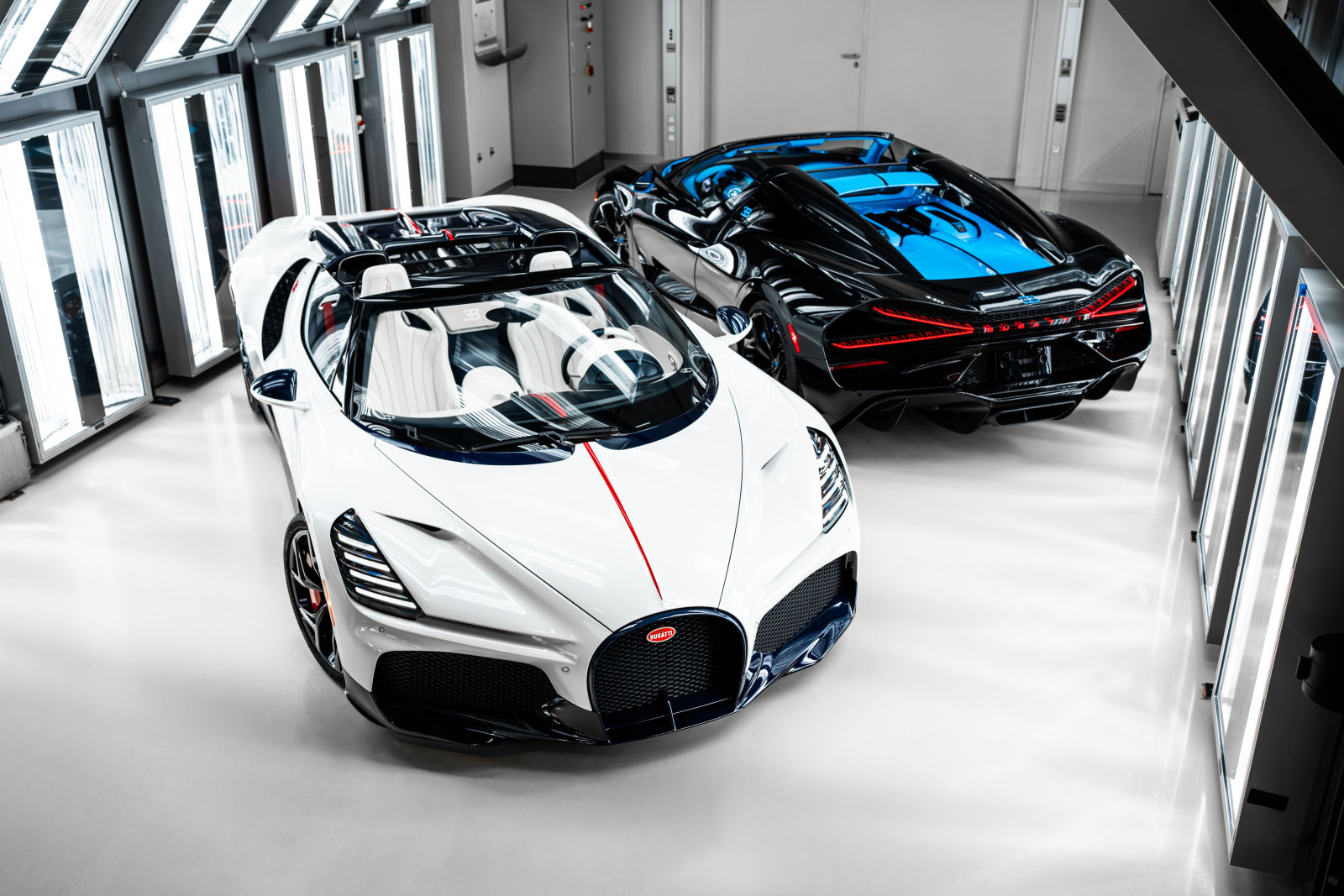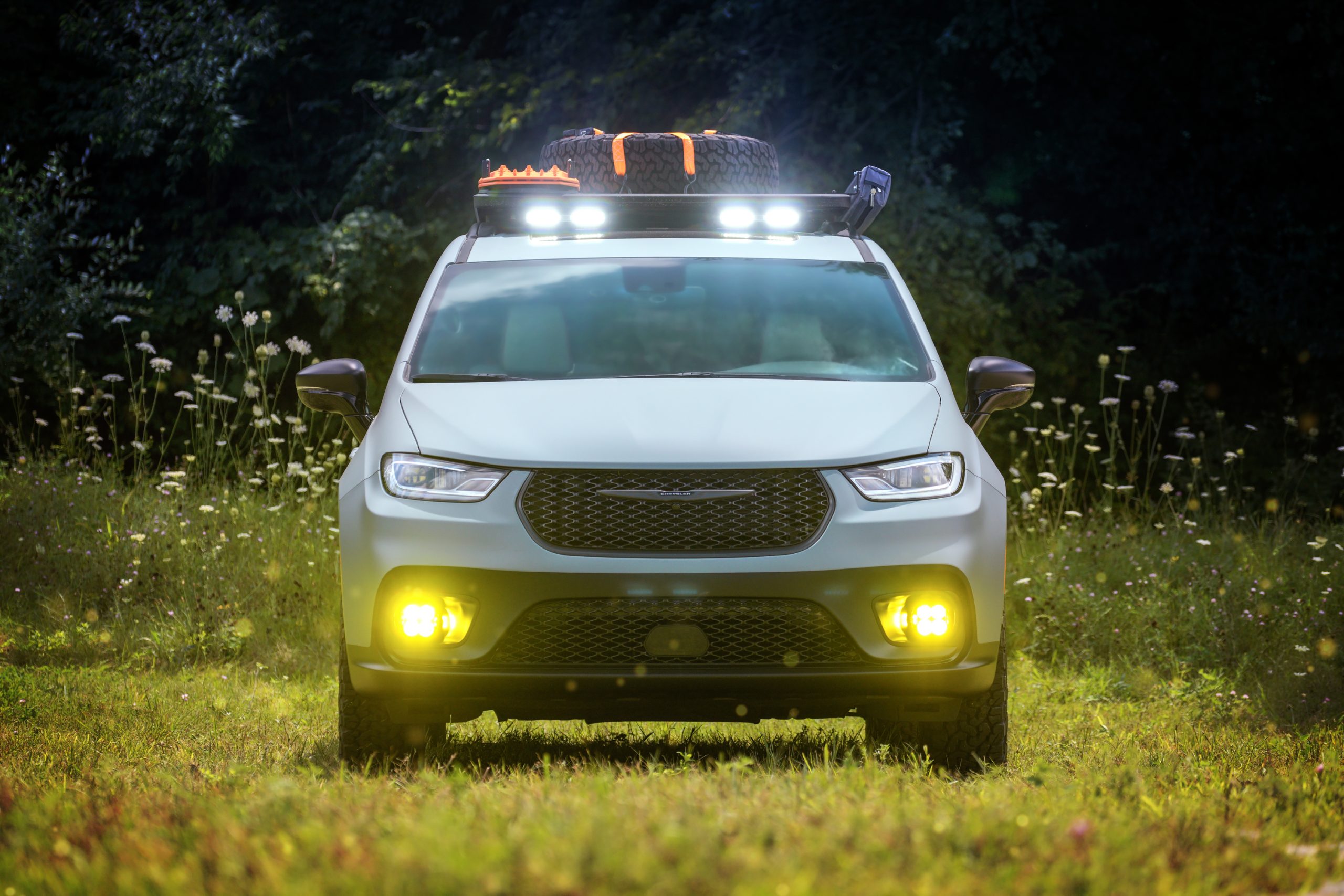Aston Martin Works in Newport Pagnell, the heritage home of the British marque and the place where many of its most famous models of the 20th Century were manufactured, is this year marking another exceptional milestone: the 70th anniversary of the brand’s presence at its site in Buckinghamshire.
While the fact that then Aston Martin owner Sir David Brown used the bucolic location to centralise Aston Martin’s UK operations all those years ago may be well-known what is, perhaps, less well understood is why the industrialist entrepreneur – who went on to give his initials to a plethora of world-renowned Aston Martin sports cars – chose Newport Pagnell as the venue to consolidate his manufacturing operations seven decades ago.
Aston Martin Historian, Steve Waddingham, takes up the story: “I can imagine it might have raised a few eyebrows at the then Aston Martin factory in Feltham, on the outskirts of London, when Sir David announced he was moving production to Newport Pagnell, in rural Buckinghamshire.
“Remember: this was years before the M1 motorway was built, and more than a decade before nearby Milton Keynes was anything more than a similarly rustic neighbouring village. The long-standing employees of the time at Feltham must have wondered what on earth was going on!”
Yet, as with much of what Sir David achieved during his 25-year tenure at the helm of Aston Martin Lagonda, the rationale was clear, and compelling. In the mid-1950s it was evident that Aston Martin, and its relatively newly-acquired fellow brand Lagonda, needed production to be carried out on a much larger scale than before the war if the business was to fulfil its potential and prosper.
The Feltham premises, along with Sir David’s factories in Yorkshire where some chassis parts were already manufactured, and entire car assembly was taking place, simply didn’t have enough space to scale up in the way that was needed.
The answer lay in the form of a business Sir David and his team knew well, as it was already carrying out coachbuilding work for Aston Martin: Tickford Ltd, based in Newport Pagnell, Bucks. This well-established coachbuilding firm, with a proud history and strong reputation for excellent quality workmanship, sat on a generous site split by the now world-famous Tickford Street.
With generations of coachbuilding knowledge in the locality and an opportunity to hugely expand Aston Martin production, along with a geographical location between Sir David’s existing factories in the North and near London, Newport Pagnell was, in fact, the obvious choice to host Aston Martin Lagonda car making.
And so it was that in 1955, having recently been acquired by the David Brown Corporation, what had previously been known as Tickford Coachworks began full production of the Aston Martin DB2/4 mk II, ushering in what would quickly become a golden era of Aston Martin sports cars. While it took years for every facet of the company’s operations to make the move from Feltham, with the brand’s motorsport and customer service divisions staying put there into the 1960s, eventually ever aspect of the business would operate out of the Newport Pagnell premises.
Steve Waddingham added: “The arrival of Sir David on that momentous day seven decades ago really did mark the beginning of something special, both for us at Aston Martin Lagonda and, of course, for Newport Pagnell.
“If you think about the years that immediately followed that ambitious move we would quickly see some of the most famous and desired sports cars ever produced all emerge from the factory gates onto Tickford Street. The DB5, DB6, DBS, the V8s – even the hugely sought-after ‘wedge’ Aston Martin Lagonda – plus many more, were all painstakingly built by hand in this small Buckinghamshire town.”
Across Tickford Street from the main factory Sir David and his team created a customer service operation which later became known as Works Service and, today, is known the world over as Aston Martin Works.
While the factory may have gone, following the opening of the brand’s new, purpose-built facilities at Gaydon, Warwickshire, in the early 2000s, the Aston Martin name remains a cornerstone of Newport Pagnell’s identity thanks to the extensive operations continuing to this day at ‘Works’.
Today providing a one-stop shop for all things Aston Martin and Lagonda, the Aston Martin Works business is unique in the brand’s global presence by offering new and pre-owned Aston Martin models for sale, alongside heritage car sales; expert servicing and repair of all Aston Martin models, of whatever vintage; world-class Aston Martin and Lagonda heritage car restoration; unmatched paint and body repairs via its dedicated paint and panel shops; outstanding trim repair, restoration and replacement courtesy of its in-house trim shop; and modern and heritage parts sales via its extensive parts operations department.
With a staff of around 100 – including a dozen apprentices who are learning their trades in Works’ Paint, Panel, Modern Service and Heritage Service departments – Aston Martin Works is a vibrant and successful reminder of the brand’s depth of tradition, and the artisan craftsmanship on which it was founded 112 years ago.
President of Aston Martin Works, Paul Spires, explains: “For 70 years now Aston Martin has had a proud association with this site and, as we mark that conspicuous milestone in 2025, I like to think we are also looking forward with ambition and purpose to the next 70 years here.
“Aston Martin Works still represents the passion and dedication to excellence that, I’m sure, drove Sir David to centralise his operations at Newport Pagnell all those years ago. This is a unique and fascinating part of the ongoing Aston Martin story, and I’m proud to say that, seven decades after we first moved in, we remain an important part of the community.
“Few car makers anywhere in the world can boast such a long, unbroken association with a particular location and, I like to think, it is the rich heritage and history we have around us here that helps make the Aston Martin Works business such an exclusive and appealing part of the marque today.”
